
Do you have any of these problems with your pup?!
Then you know that they can all be super frustrating, especially when they're combined!
Thankfully, it's definitely possible to fix these behaviors with these three main approaches:
- Patience & time
- The right tools and tactics to help you
- A little knowledge about your specific dog breed
Ready? Let's get your problems fixed!
5 Tips For A Well-Behaved Dog On Walks

1. Provide Daily, Breed-Specific Exercise
Breed-specific exercise means that you offer your dog an activity that's compatible with their DNA. It's essentially something they're made for!
See, the thing is, just because all dogs have 4 paws and a tail doesn't mean that they can all tolerate the same amount or lack of exercise.
There are some pups who are perfectly fine with two daily 30 minute, medium paced walks around the neighborhood, while others need to start and end their day with a one to two hour run along with an agility parcours.

That said, your dog's size is not necessarily an indicator of how much or little exercise they need! Just because a dog is small like a Jack Russel Terrier for example or a Chihuahua, doesn't mean that they only need little exercise. On the contrary, these two breeds are both high energy dogs who need lots of exercise.
Likewise, just because a dog is extra large like a Great Dane, Mastiff or Newfoundland doesn't mean that they need an extra amount of exercise. These 3 breeds are actually pretty laid back and perfectly fine with slow paced walks around your neighborhood or a park.
Generally speaking, breeds who are content with less exercise are breeds like Shih-Tzus, Bulldogs, Great Danes, Cavalier King Charles Spaniels, Chow Chows, Bichon Frisés, Bloodhounds, Newfoundlands and Saint Bernards.
Breeds with medium exercise needs are breeds like Boxers, Doxis, Yorkshire Terriers and Spaniels.
Breeds who need a lot of exercise are breeds like Labradors, Golden Retrievers, Weimaraners, German Shepherds, Australian Shepherds, Belgian Malinois, Border Collies, German Shorthair Pointers, Vizsla and Shelties.
Please know that there are many more breeds that fall into each category, but it's impossible to list them all here.
If you're unsure about the exercise requirements of your particular dog breed, I suggest you read up about them and/or ask your vet for advice. You can also look for reputable breeders and ask them all about their favorite breed.

2. Use The Right Tools & The Right Attitude Before You Even Walk Out The Door
Each walk starts at your front or back door and is always accompanied by your energy - whether you like it or not!
That's because dogs are masters at reading our body language and mirroring our feelings.
What that means is that your pup is going to be highly agitated if you're overly excited. Likewise, they'll be anxious and unsure if you're worried and stressed.
But they'll also be much calmer and well-behaved from the get go if you're calm and confident yourself.
You get the idea.

Try the following tactics to set yourself and your pup up for a successful, structured walk - especially when you're around easily excitable, younger dogs:
- Talk as little as possible when you got the pups leashed and/or harnessed and avoid high-pitched "baby talk" to minimize excitement.
- Focus on your breathing to help you stay as calm as possible.
- Don't chase your dogs around the house in order to leash and harness them. Let them come to you.
Now of course I realize that sometimes, this is a lot easier said than done! Been there, experienced that. And quite frankly, there are still days when I'm not functioning 100% the way I'd like to because, you know, life happens!
For those days, it's great to be able to rely on tools that help you manage your pups. Knowing that you have this sort of support system can actually help you stay calmer because you know it'll help you minimize your pup's problem behaviors.
Tools to help you manage your dog on walks:
- Martingale training collars
- Dual handle (bungee) leashes
- Front leash attachment harnesses
- Hands-free leash sets
- Chew-proof leashes
- Treat bags
Here's one of my favorite set ups.
Have your dog wear one of our Martingale training collars along with one of our harnesses.
For example, the Nylon Martingale Collar and the Sport Harness 2.0.
Next, clip our dual handle (bungee) leash to the front leash attachment point of the harness and start your walk. The dual handles are very helpful in keeping your pup from zig zagging around and changing sides!
If your pup's pulling is manageable on the harness - great!
If it's not, clip your leash to the Martingale training collar instead for more support.
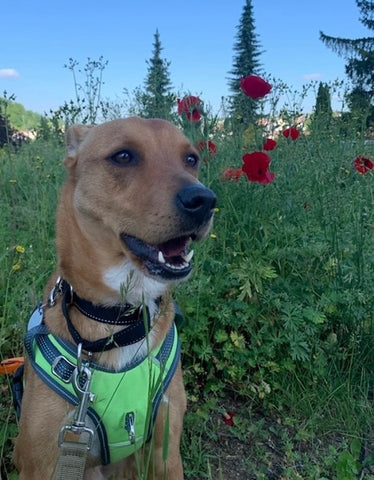
Another one of my favorite tools is our hands-free bungee leash set. The way it works is you walk your dog on a bungee leash that's attached to a belt you wear around your waist.
The reason why I like it so much is that you can't put any (accidental) tension and excited or stressed energy on it. All that travels down the leash you hold in your hand.
In case you do want to hold it for whatever reason, it has a built-in handle closest to your dog's head, so there's always that option.
It's also a great leash to use for jogging and running, so if your pup is a higher energy dog, it's super easy and convenient to do that on our hands-free bungee leash set.
You can also alternate between walking and running - that's actually a great way for your pup to pay attention to you!
If you're dealing with a mouthy pup(py) who has a tendency of chewing on their leash, try our chew-proof cable leash. It's made with a 2.34 mm stainless steel braided wire cable that includes 5 bundles of 7 wires for extreme strength.
That's a type of material that dogs are not very interested in chewing on because it doesn't give them the satisfaction that leather or nylon provide.

3. Practice Obedience Regularly, Including on Walks
When you practice obedience commands with your dog regularly, it strengthens your bond and your pup starts to look at you for guidance.
"Look" is the literal keyword here because it's so much easier to walk a dog who's actively checking in with you and looking at you!
The good news is that you can start your obedience prep work at home. To simulate obedience on a walk, leash your pup inside your home or in your yard, then walk a few steps with him before you ask for a "sit" and/or a "down".

Obviously you can practice all sorts of commands, it doesn't just have to be a "sit" or a "down". You can also throw a "stay" in there or a "shake paws", or whatever else you're teaching him.
Once you're on your walk, you can ask them to sit every 2 to 3 minutes or so. When they're able to do that, take it up a notch and ask for a "down".
That's actually a little challenging for a dog who's not used to doing a "down" position on a walk outside because the surface is different, so it may take a little while until they get there. But no worries, keep practicing, they'll get it sooner or later.
When you ask your pup to listen to you on walks, it makes him think and consequently burns mental energy. So when you incorporate obedience commands on your walks, that actually helps tire your pup out and be more mellow!
4. Reward Good Behavior
It's as important to reward your pup's good behavior as it is to correct unwanted behavior. It shows your dog that they did something right, and most dogs are really eager to please their humans!
So when your pup obeys a command, reward them with a little affection, like a gentle pat on their side or chest, verbal praise "Good boy!" and/or treats.
Thankfully it's super easy to store your pup's favorite training treats in our Dog Treat Pouch!
It holds up to 2 cups of treats (or kibble) and is worn on a belt around your waist, just like the hands-free bungee leash set. You can even combine the two on one belt!

Just remember to reduce your pup's portions at meal time to avoid packing on the (unwanted) pounds!
If you feed kibble, you can also use some of your pup's meals for training purposes if they're interested.
However, some pups will want something extra special to work for, so just keep that in mind.
5. Practice in Low-Distraction Environments
Last but not least, it helps to practice walking in low-distraction environments and to avoid circumstances that you know or suspect will trigger your pup into misbehaving until he's made progress.
I'm not saying to avoid certain situations forever, but try to set your pup up for success as much as possible.
For example, dogs who are reactive towards other dogs need space between themselves and the other dog. The amount of space depends on the individual dog and CAN slowly but surely be reduced.
But until then, try to avoid walking places where it's hard to step away to the side or change street sides when you see oncoming doggie traffic. For instance, avoid narrow hiking trails and crowded city streets.
If you live right smack downtown in a busy area, keep your pup on one of our short leash tabs when you're walking through crowded areas.
Our nylon leash tab features a neoprene padded, soft handle so even if your dog pulls, your hand won't hurt!
Our leather leash tab is soft and comfy by nature :)
In severe cases of reactivity towards others dogs or people, it's best to hire professional one-on-one help, or at least sign up for a group obedience class where your pup can learn to be comfortable around fellow pups.
Bonus Tips for Dogs Who Don't Want to Walk
Of course there are also those pups who will hit the brakes and refuse to (continue to) walk.

What I suggest you do first in these cases is to check their paw pads for any rips or foreign objects like glass they may have stepped on. There are also these nasty, tiny thistles that hurt like crazy when you touch them, and even more so when you (or your pup) steps on them. Thankfully they're easy to remove.
If that's not it, take a step back and try to evaluate your pup's body condition objectively.
Are they overweight and simply tired and out of breath? Or maybe their joints are aching from the extra weight they're carrying around? Their paws could also hurt from dragging them over the ground. If that's the case, make an appointment at your vet's to get an understanding of how much weight your pup needs to loose, then start them on a diet.
Dogs who are severely overweight will have to go for VERY short walks and slowly build up their stamina.
I had one client dog, a yellow Lab, who was one of those pups. She could only walk 5 minutes during the first few weeks, but with a consistent diet and a slow walking approach, she was able to progress to 30 minute walks.
Besides physical issues, a dog who refuses to walk may have had a bad experience with the specific type of leash or collar he or she are being walked on.
So if your pup seems to be fine from a physical standpoint but still refuses to walk, try switching out the leash and/or collar you're using for a different one. See if that changes anything. Or bring a favorite (squeaky) toy along to motivate them to move!
Happy dog walking!
I hope you were able to find a few helpful nuggets in this blog post - please find the links to all the tools I mentioned listed below:
- Nylon Martingale Collar
- Hands-Free Bungee Leash Set
- Dual Handle Leash
- Dual Handle Bungee Leash
- Chew Proof Cable Leash
- Sport Harness 2.0
- Short Leash Tab (Nylon)
- Short Leash Tab (Leather)
- Dog Treat Pouch
If you enjoyed this blog post, sign up for more here! You may also like:
How to choose the right collar for your dog
How to measure your dog for our Mighty Paw harnesses + harness FAQs

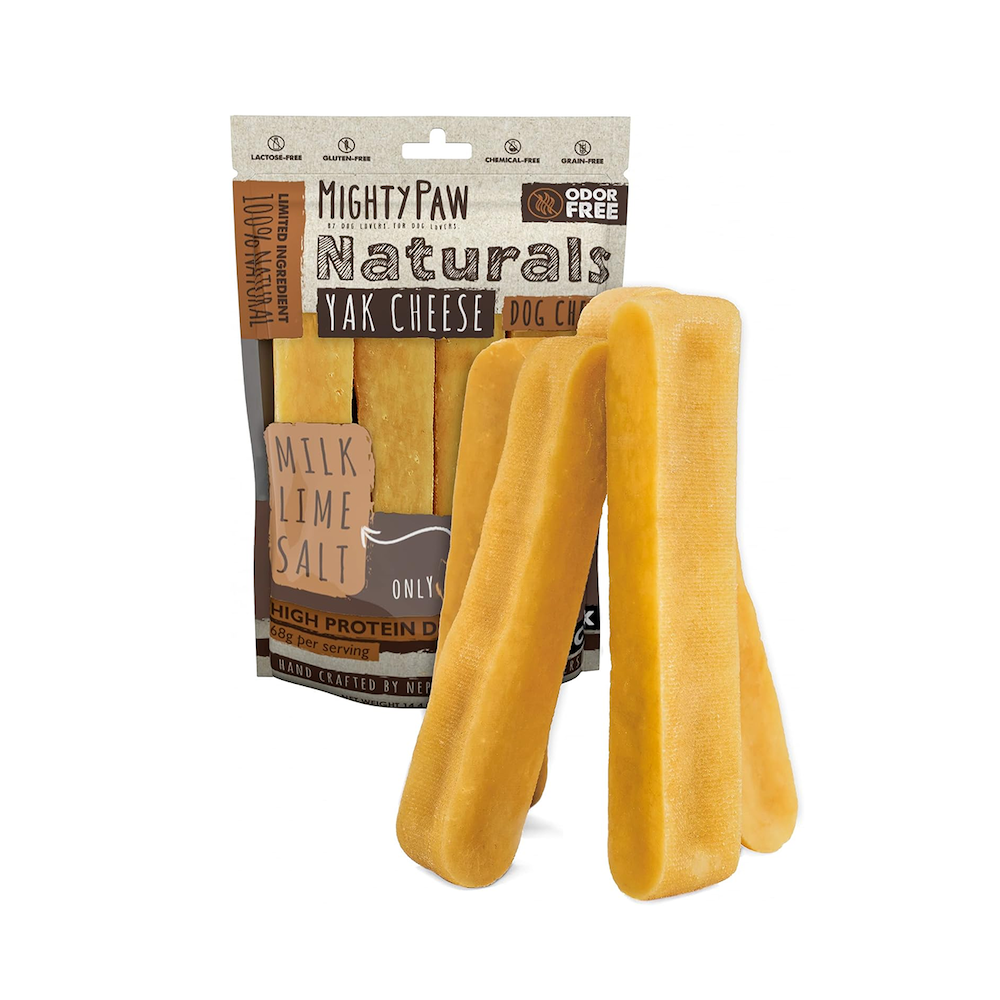
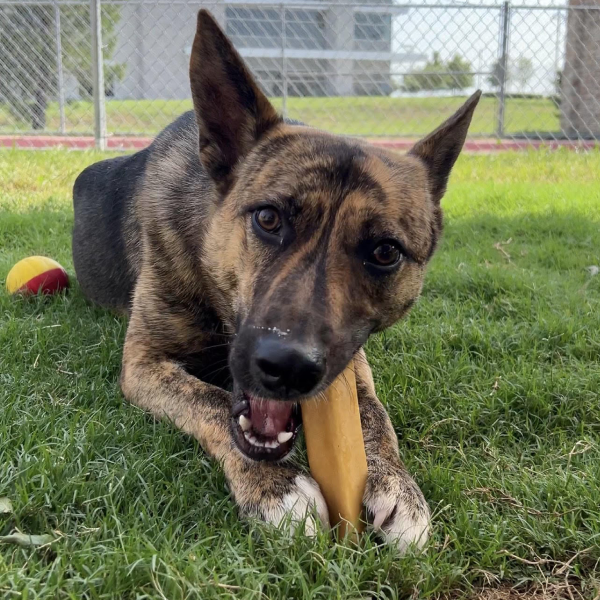


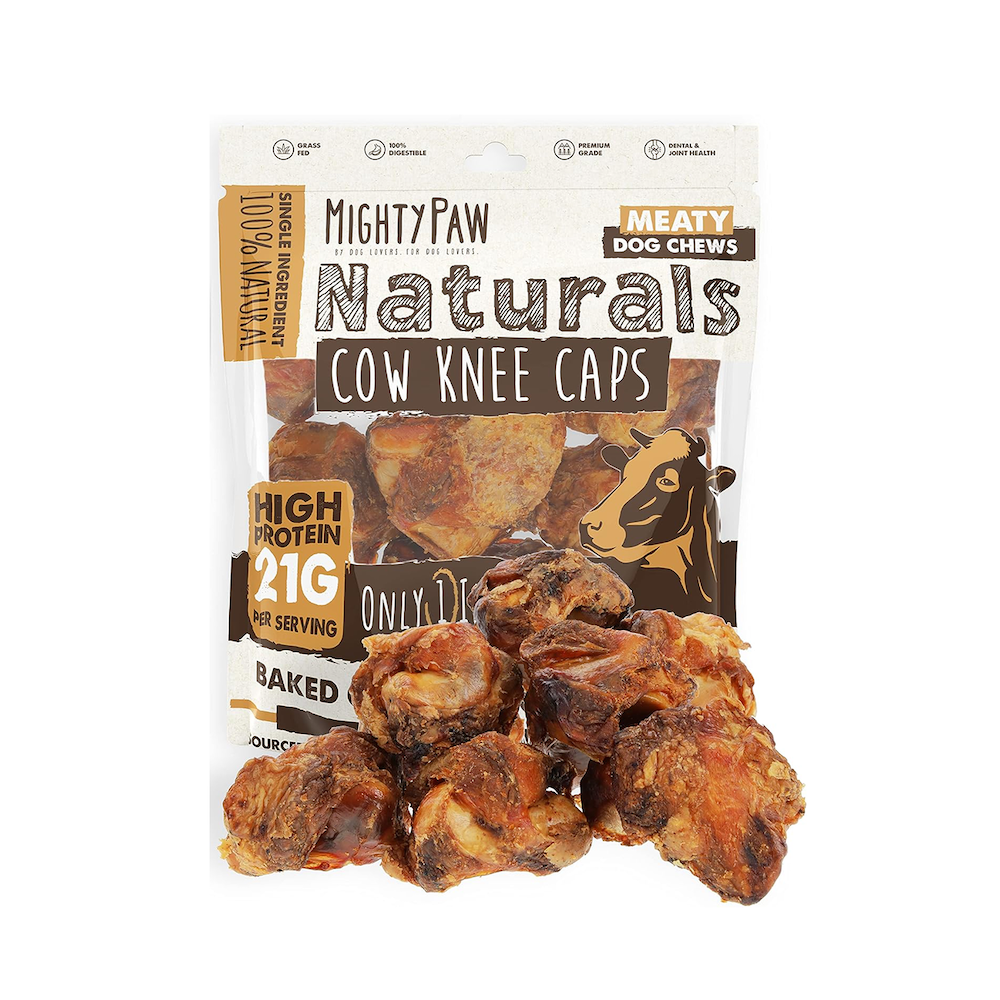
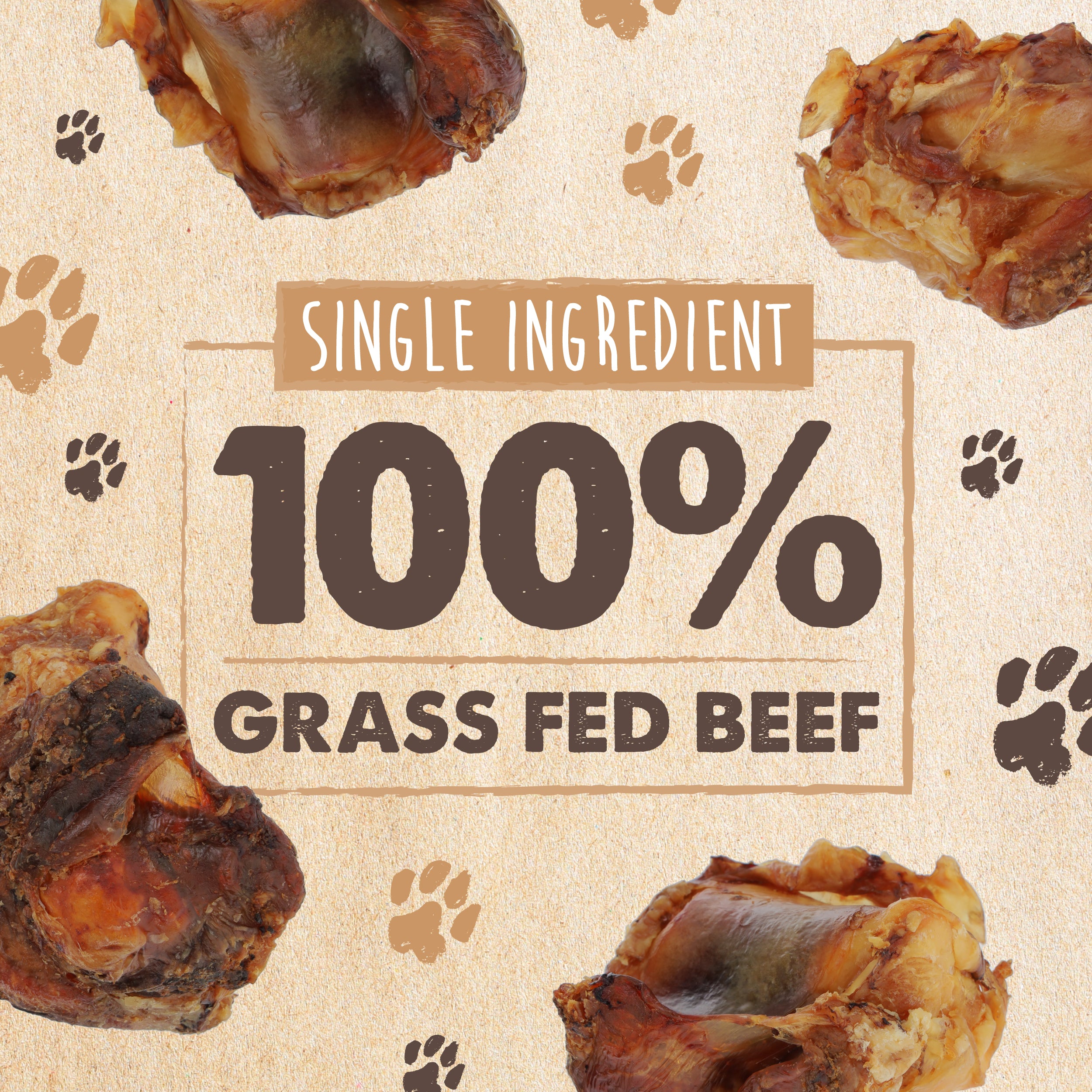
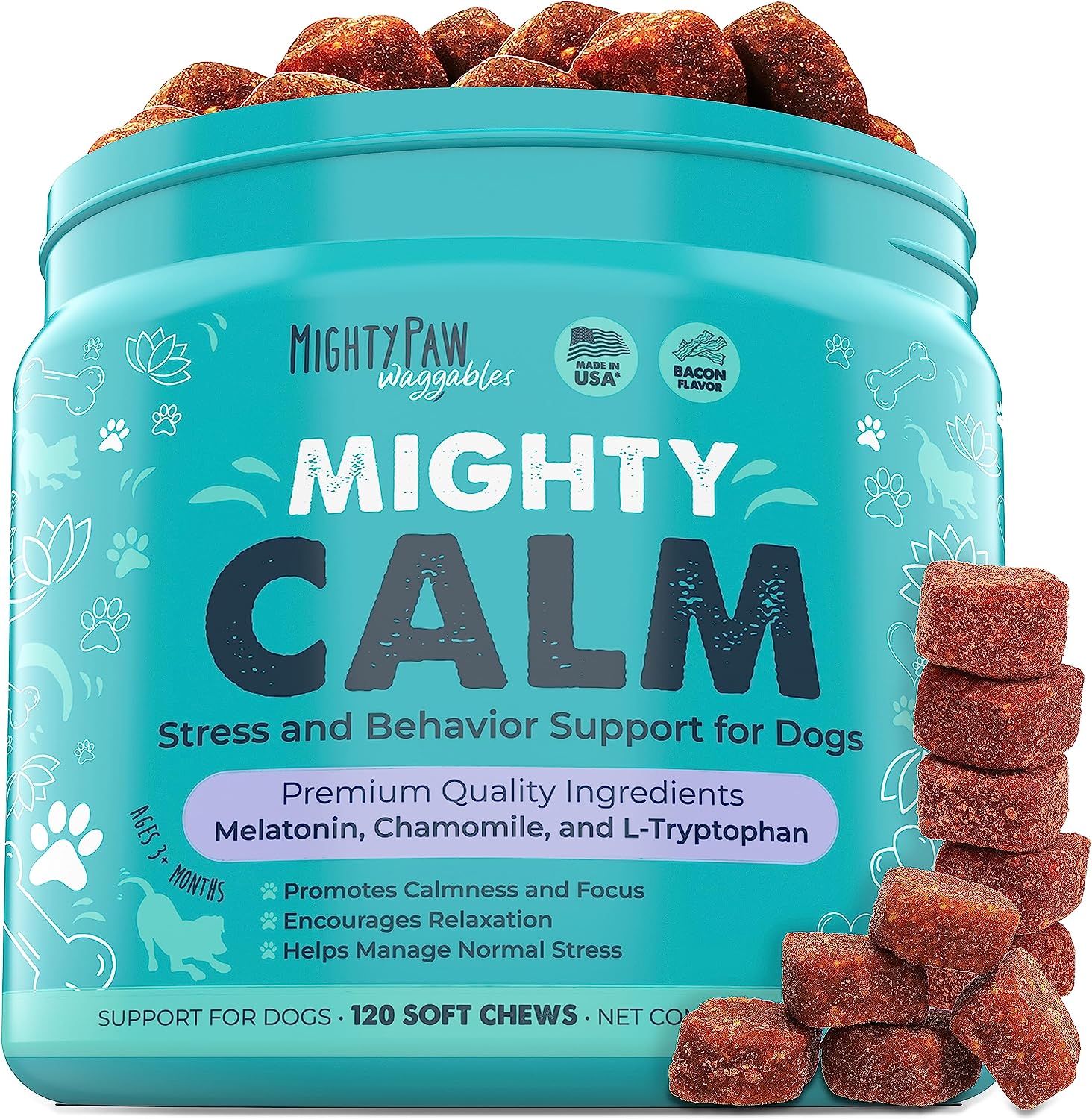
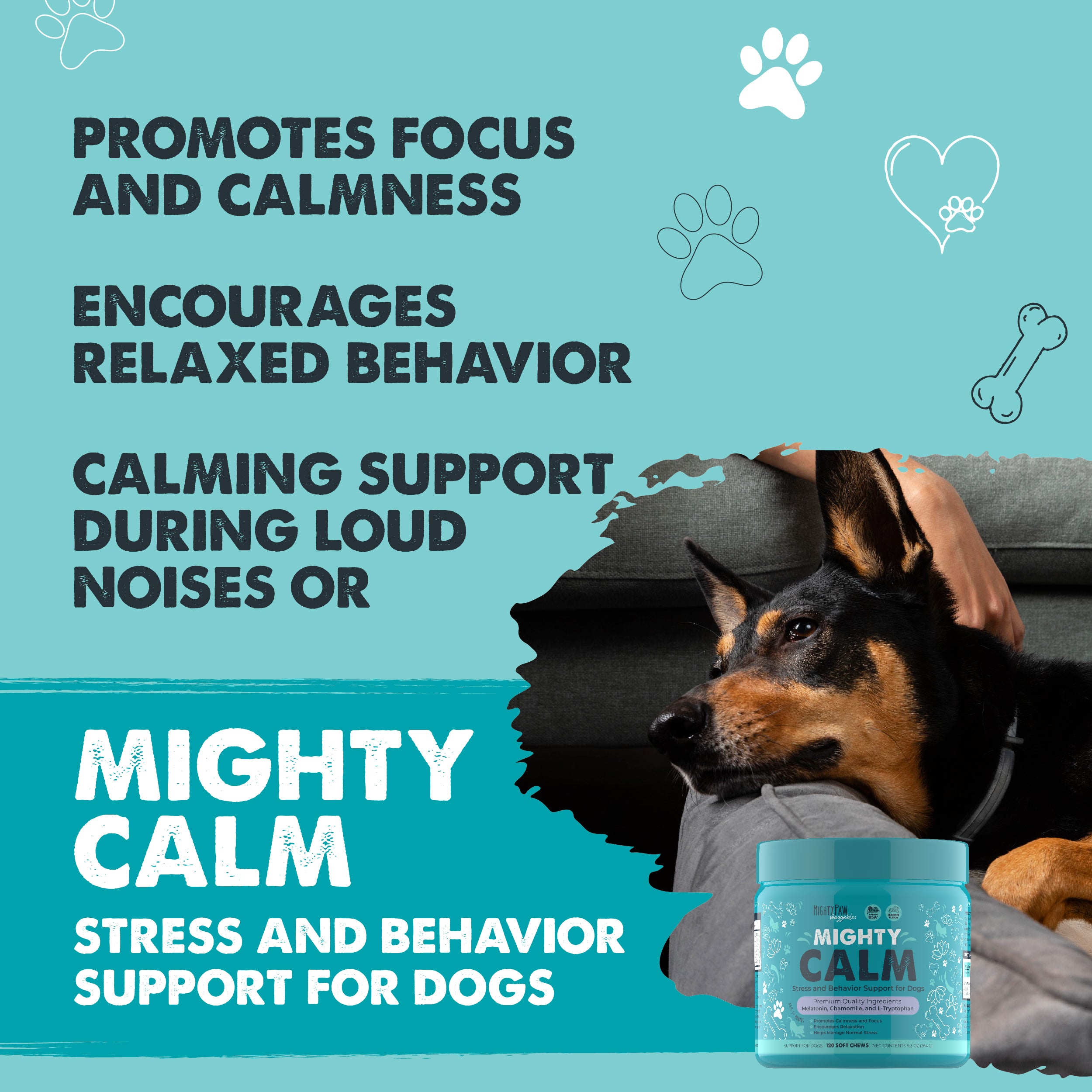

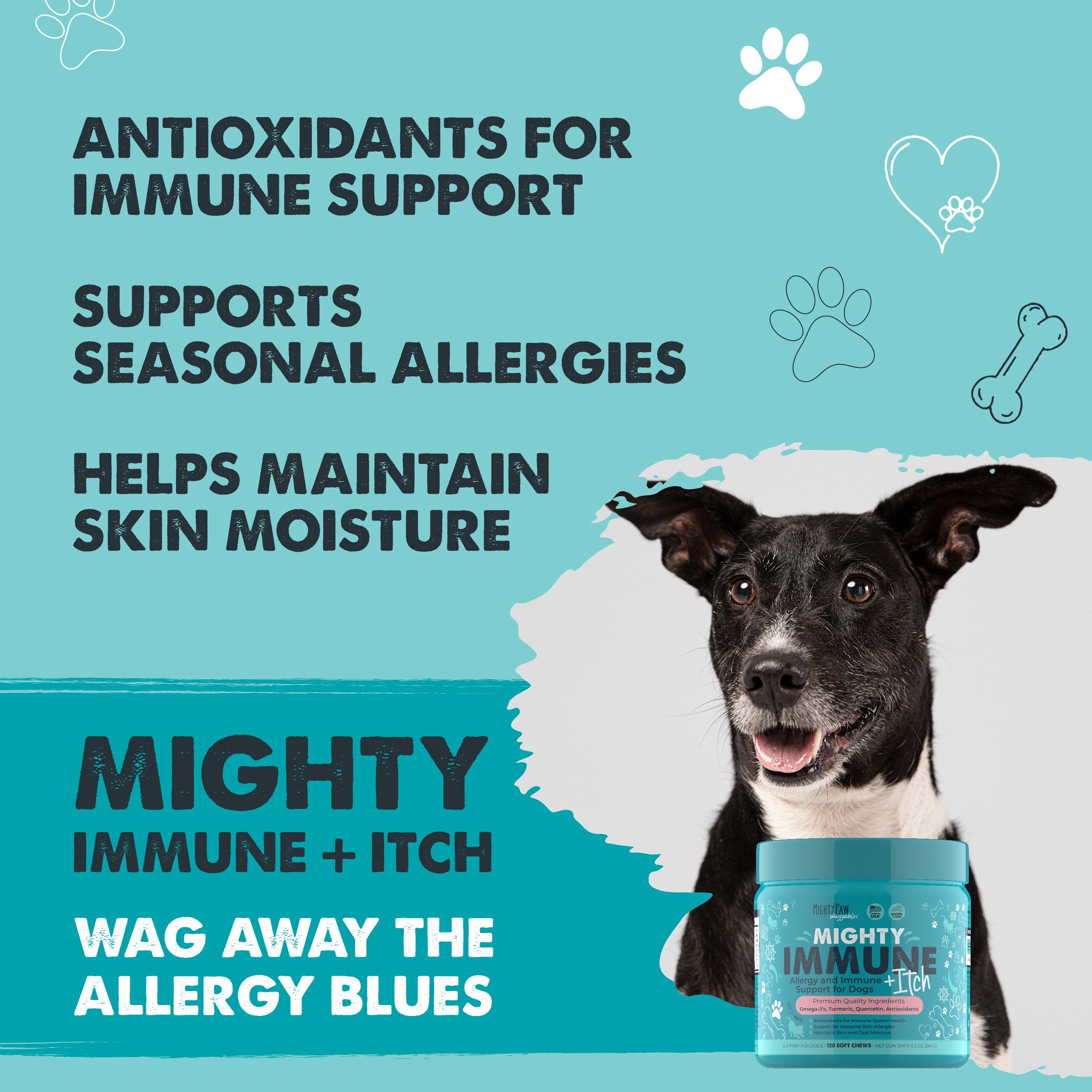
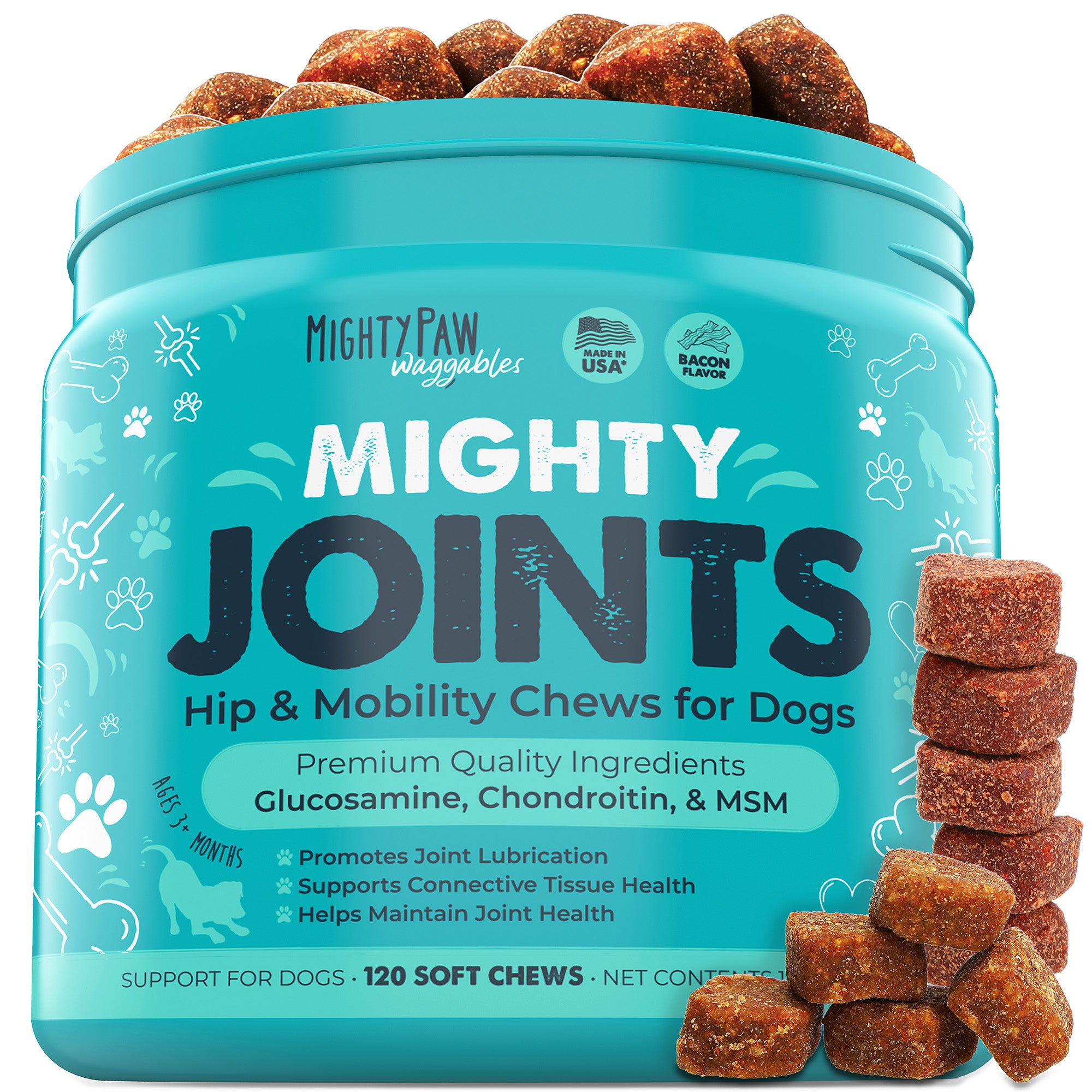

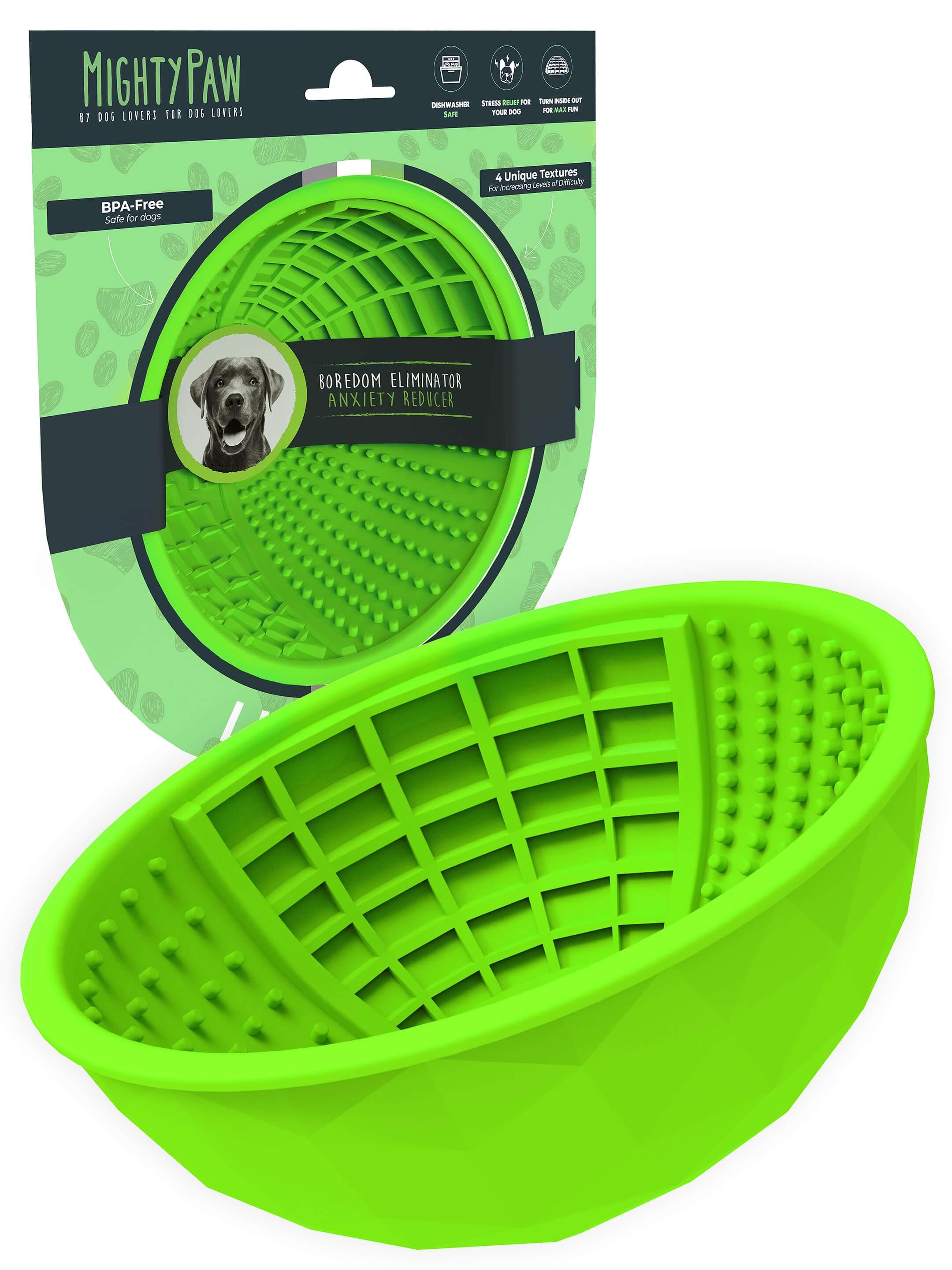
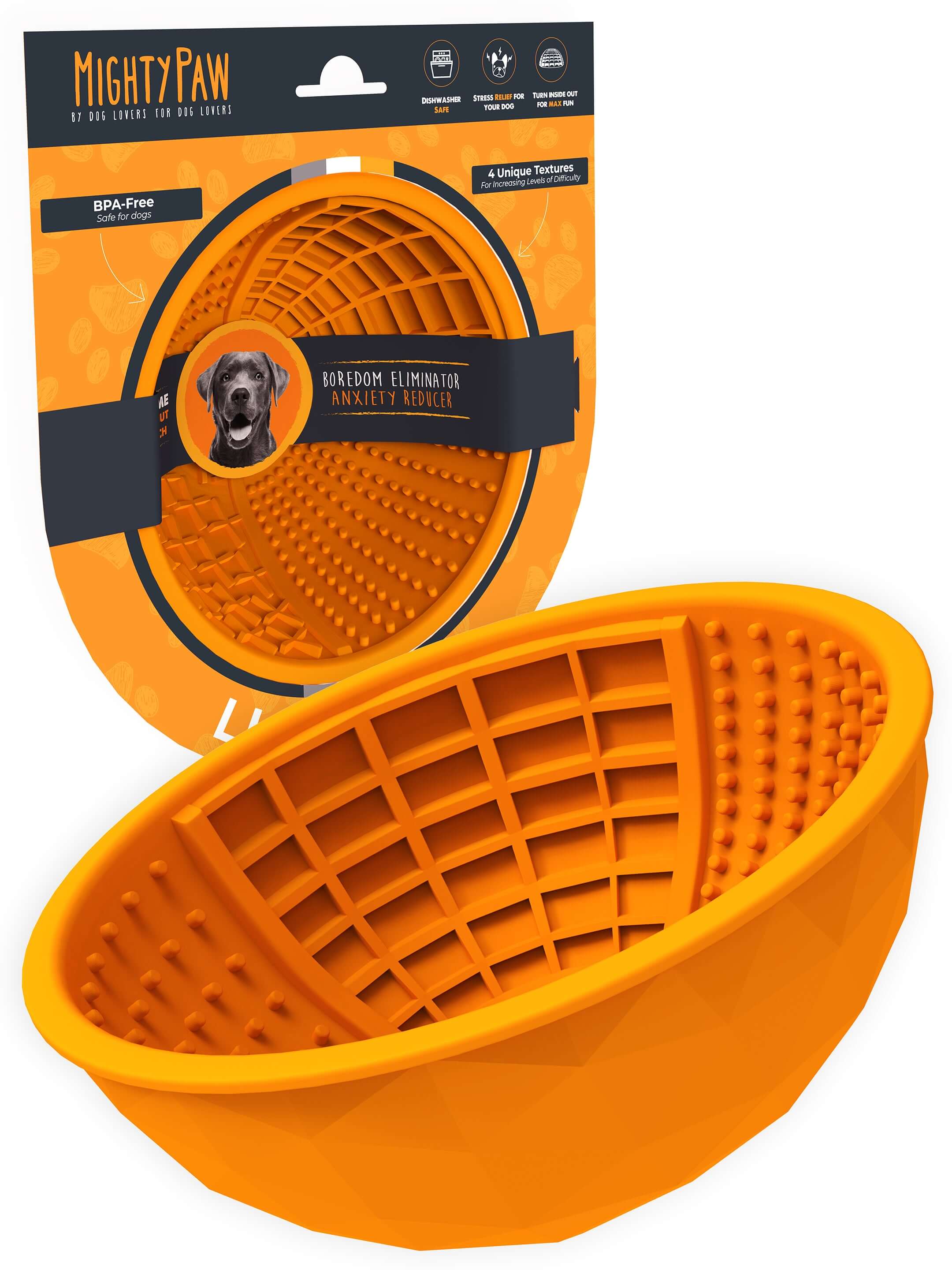
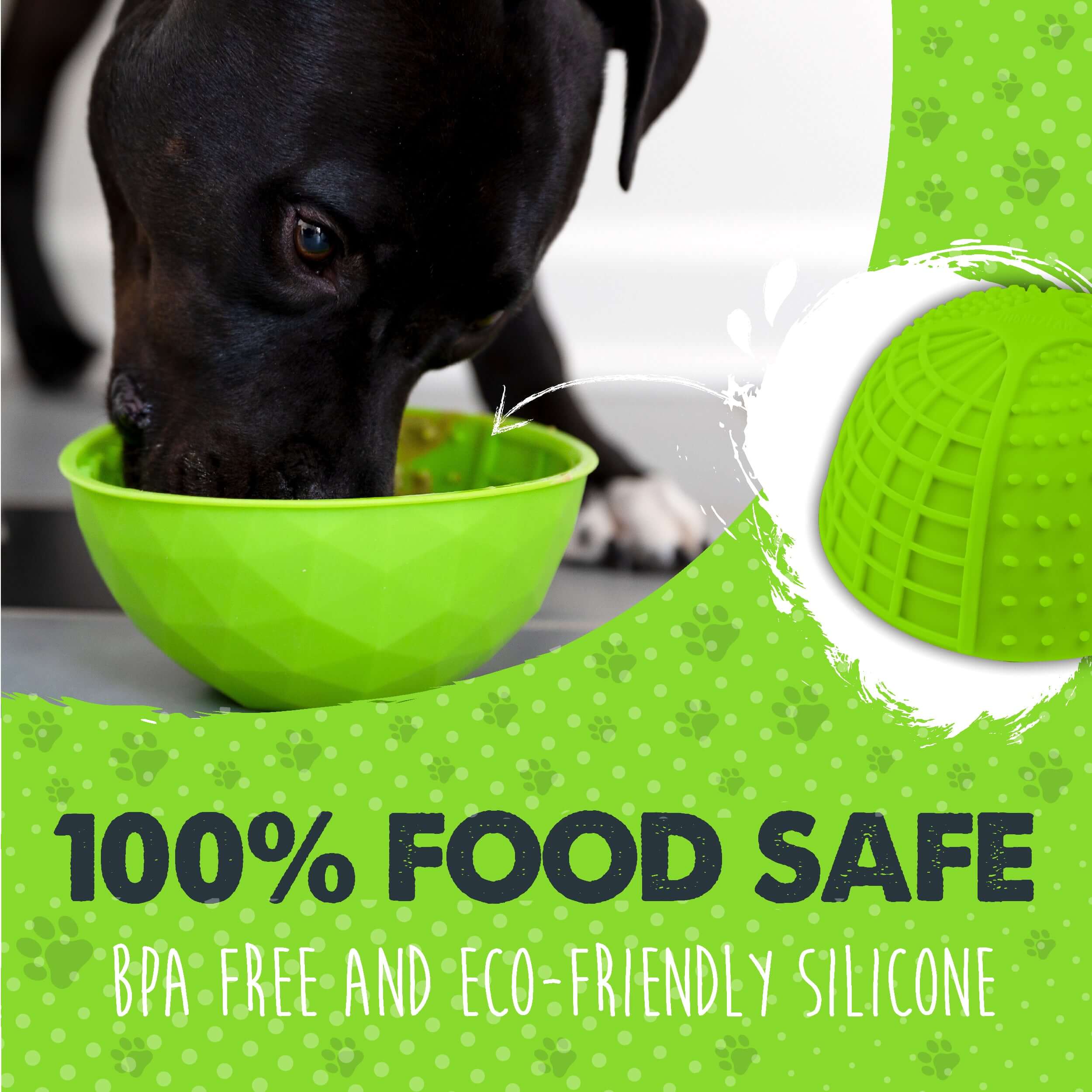
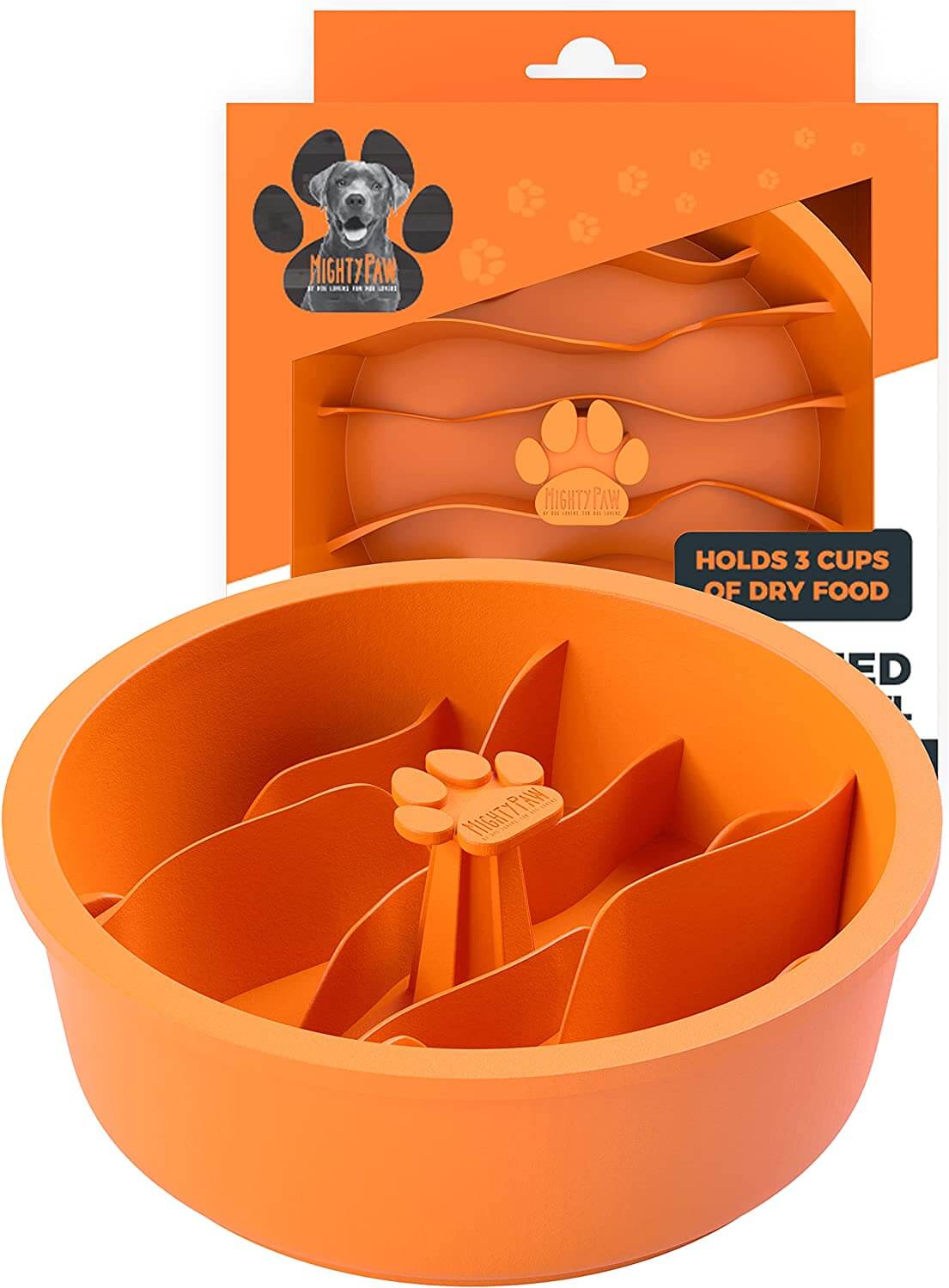
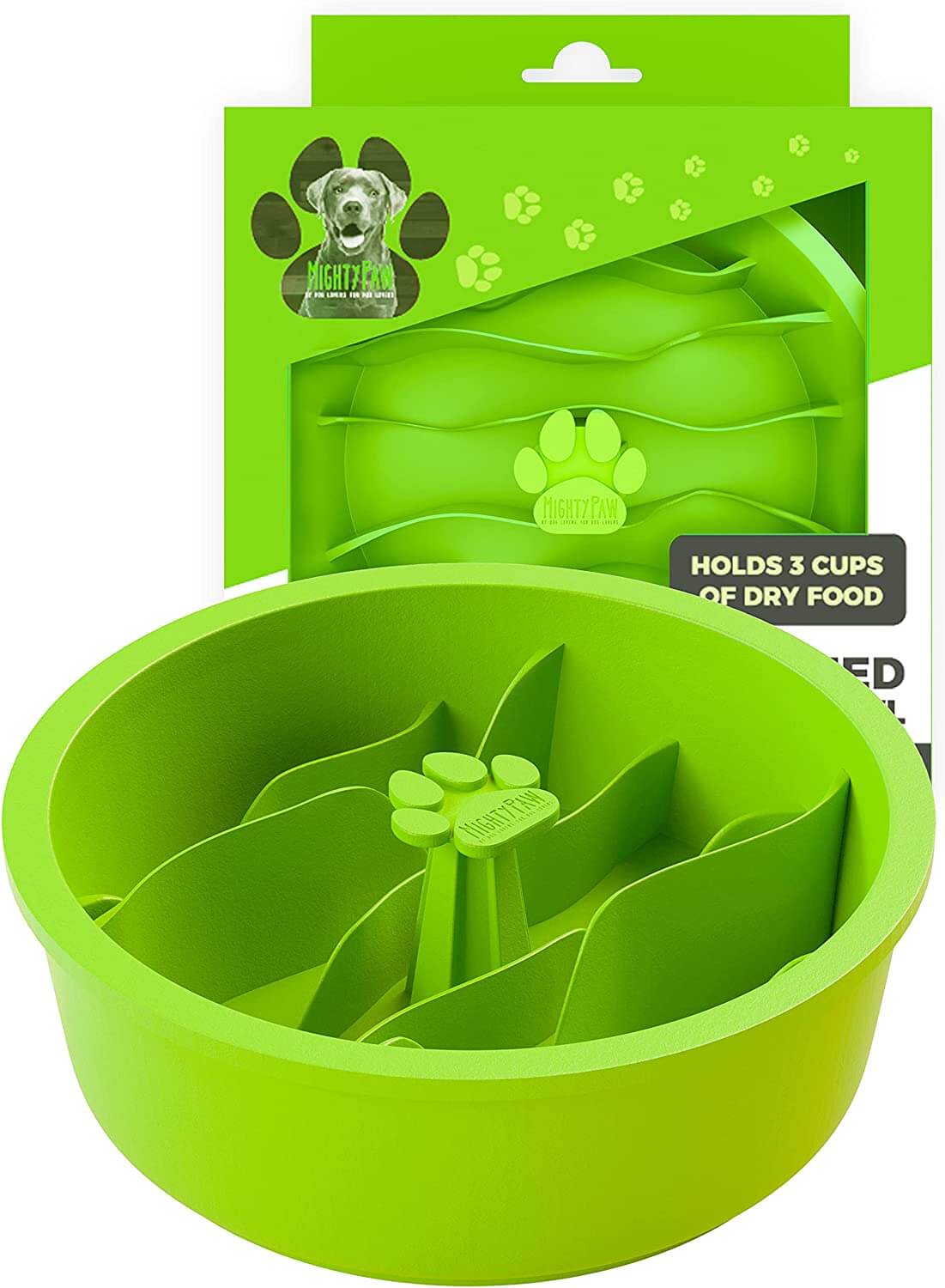
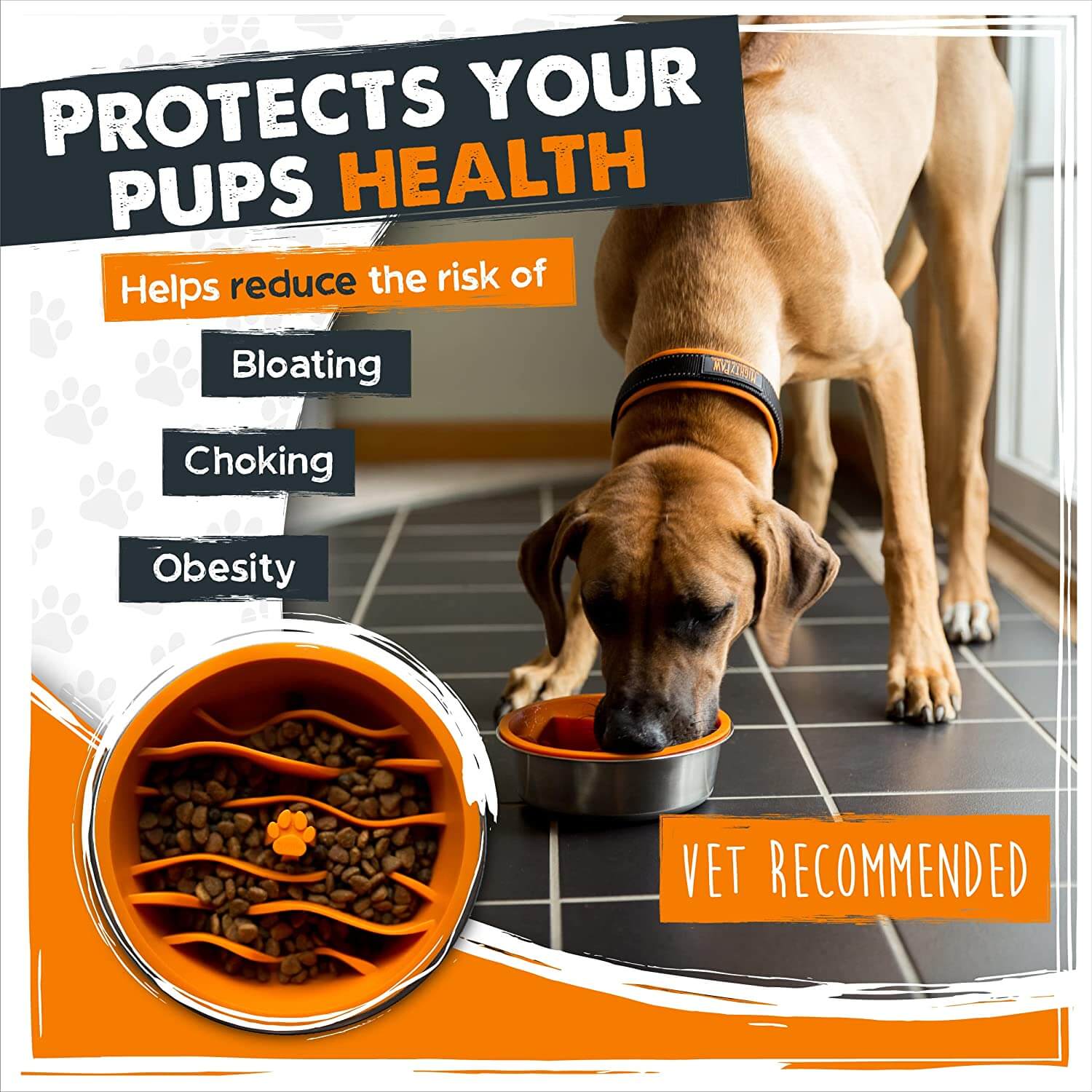
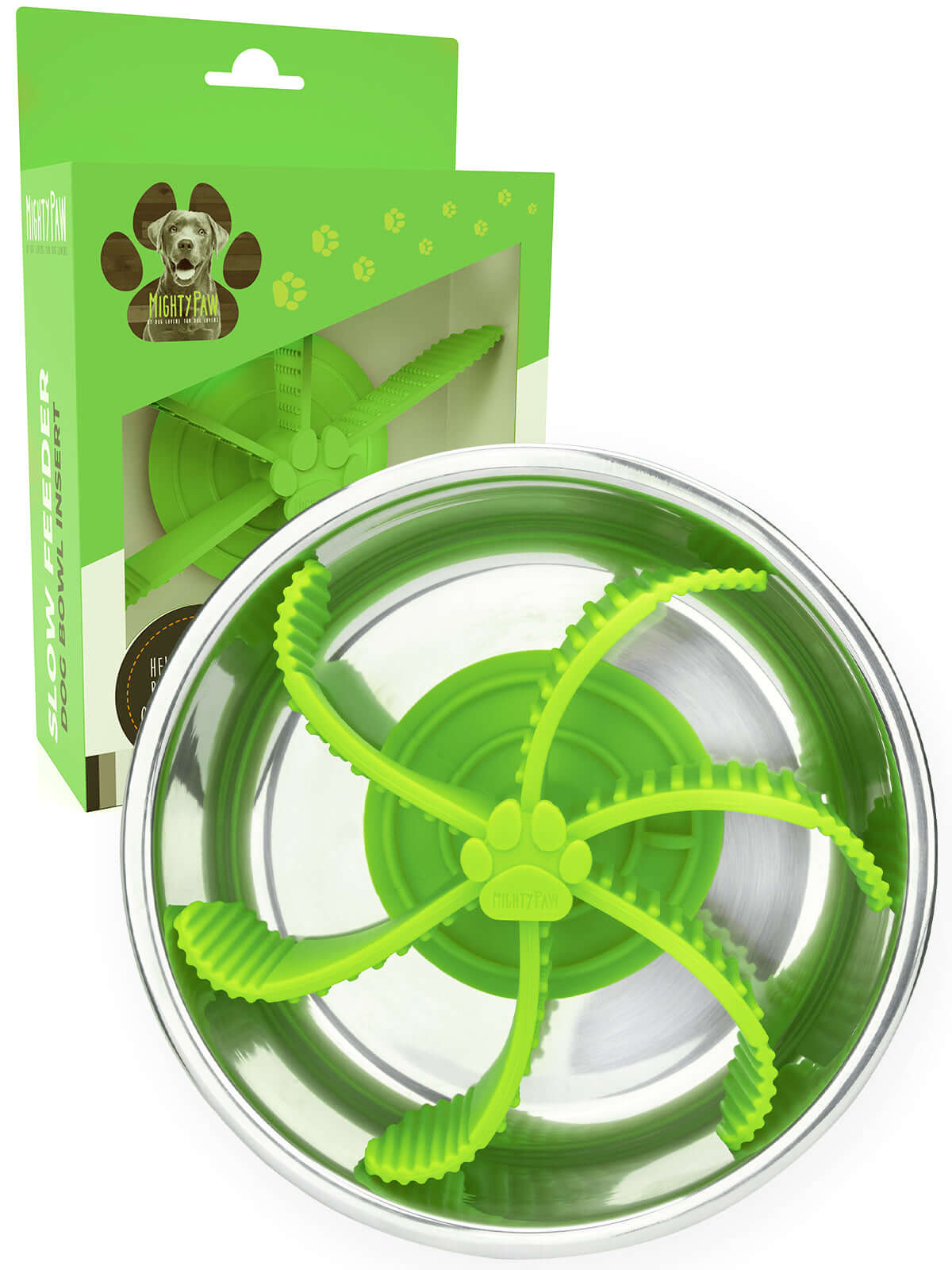
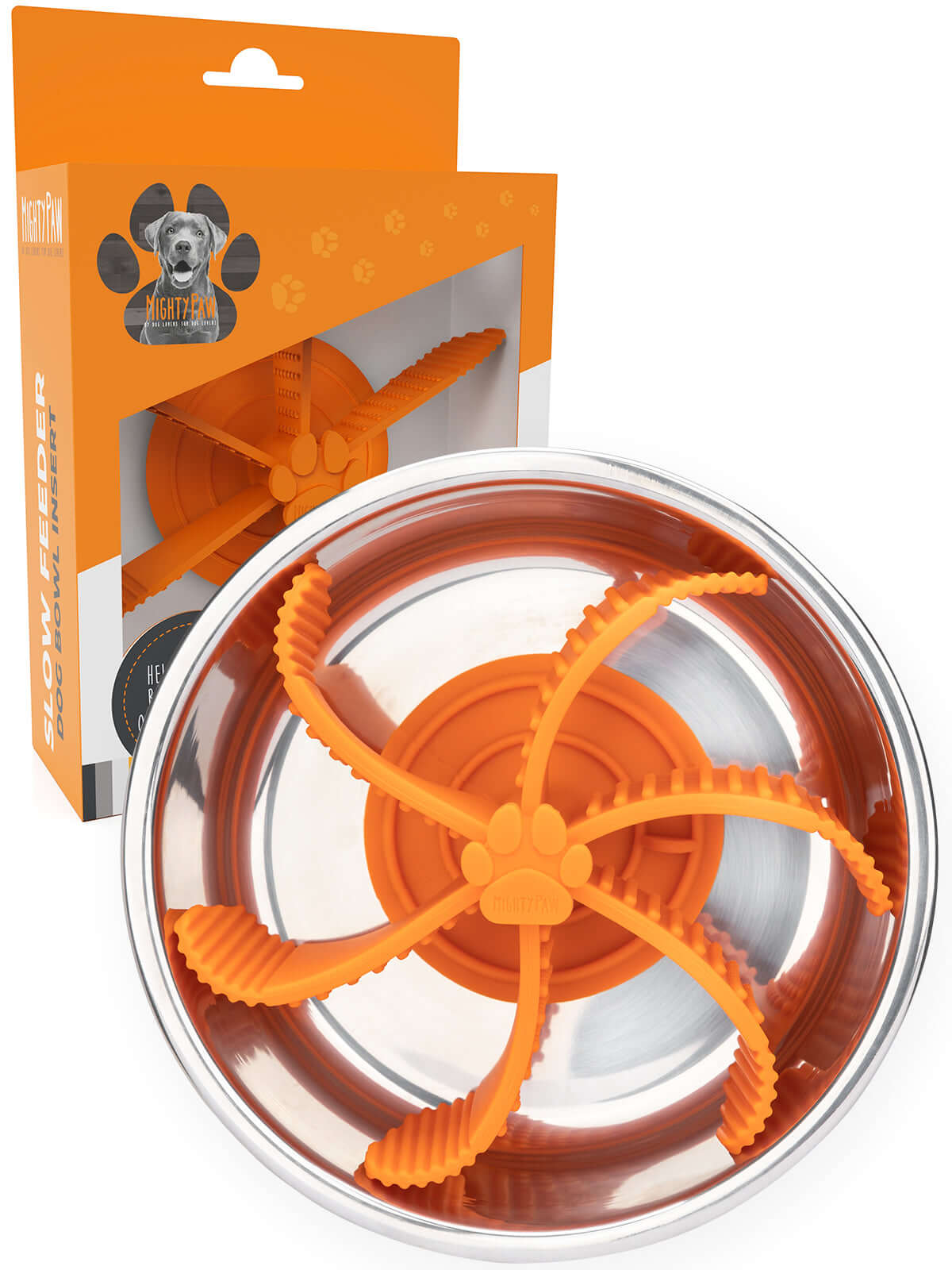
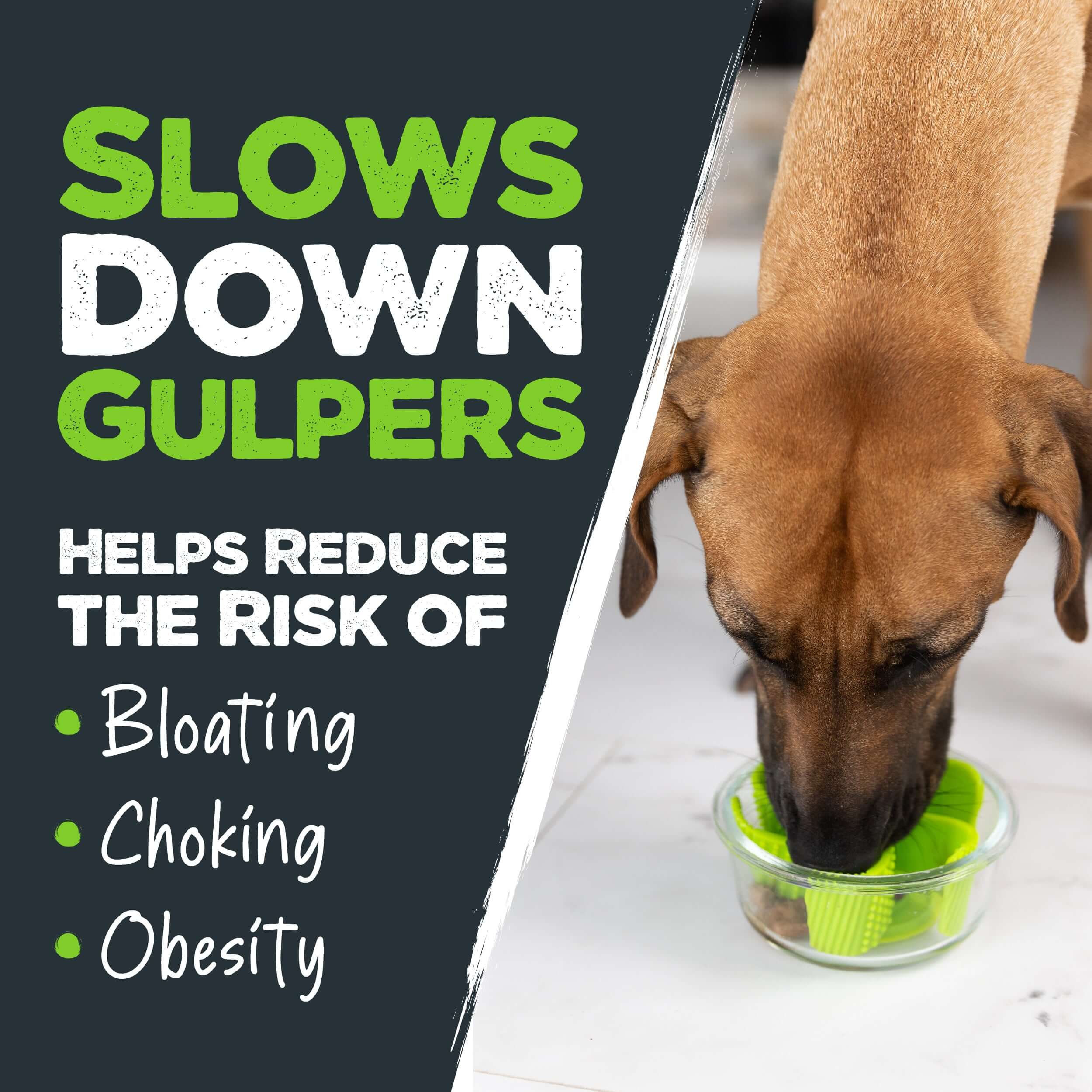
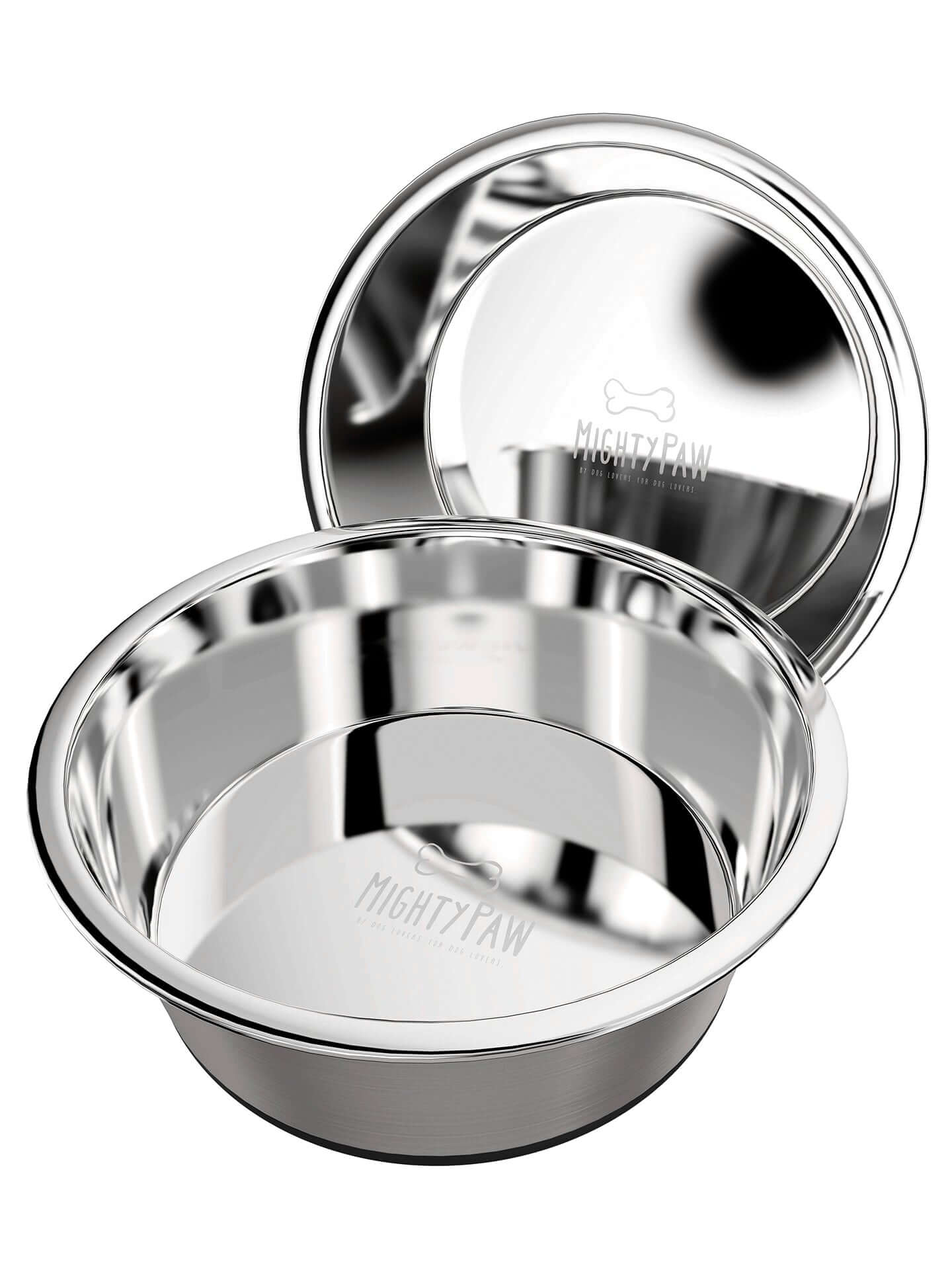

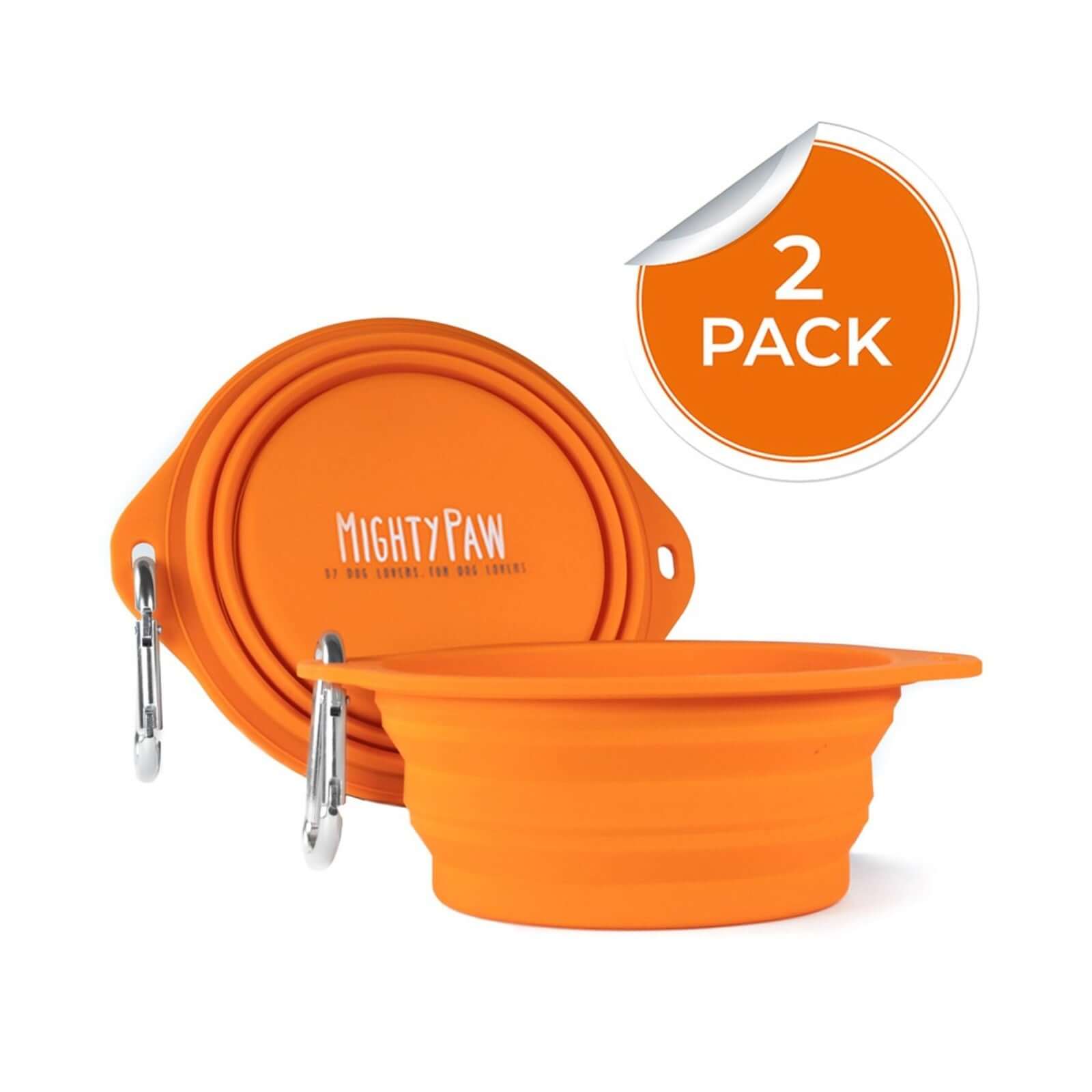
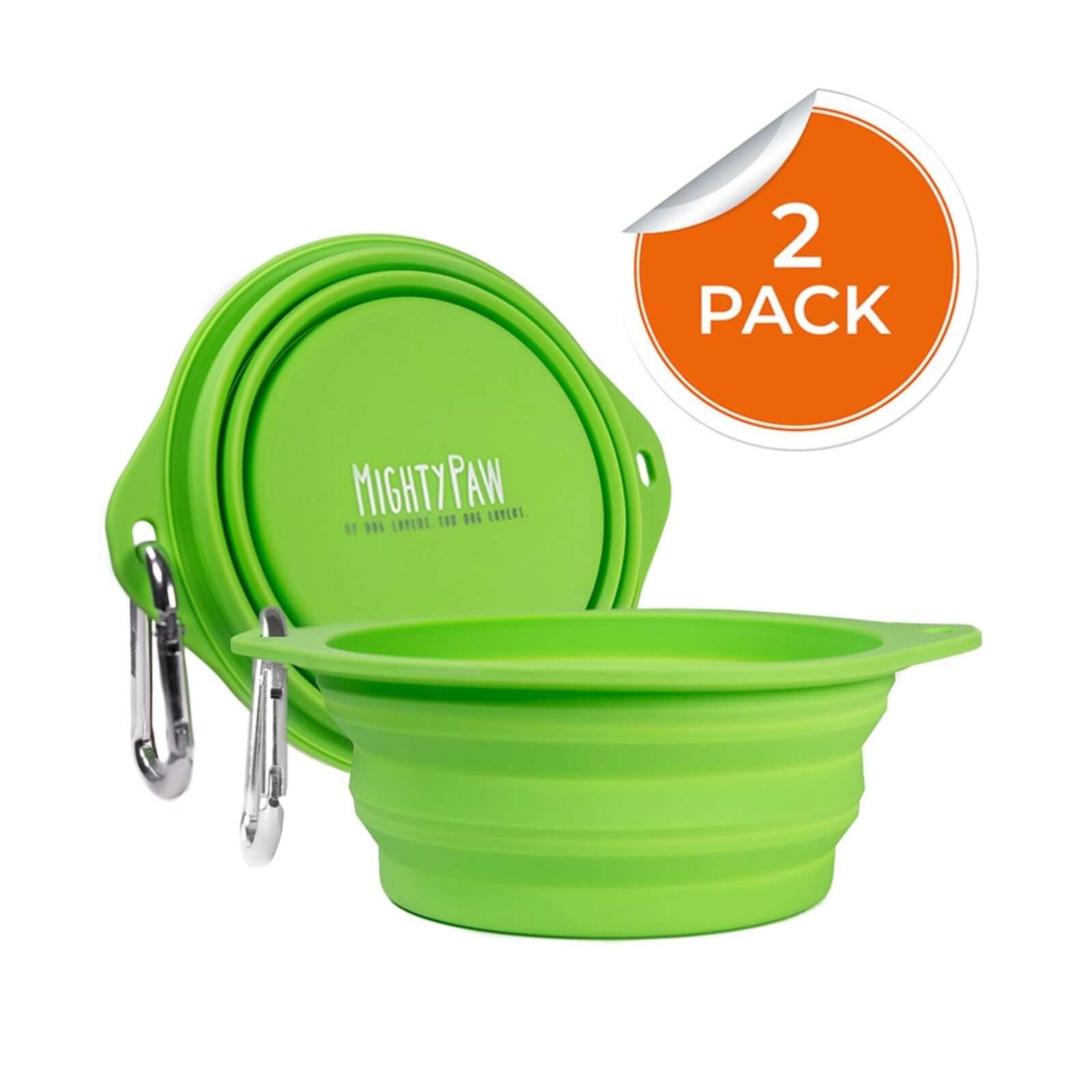
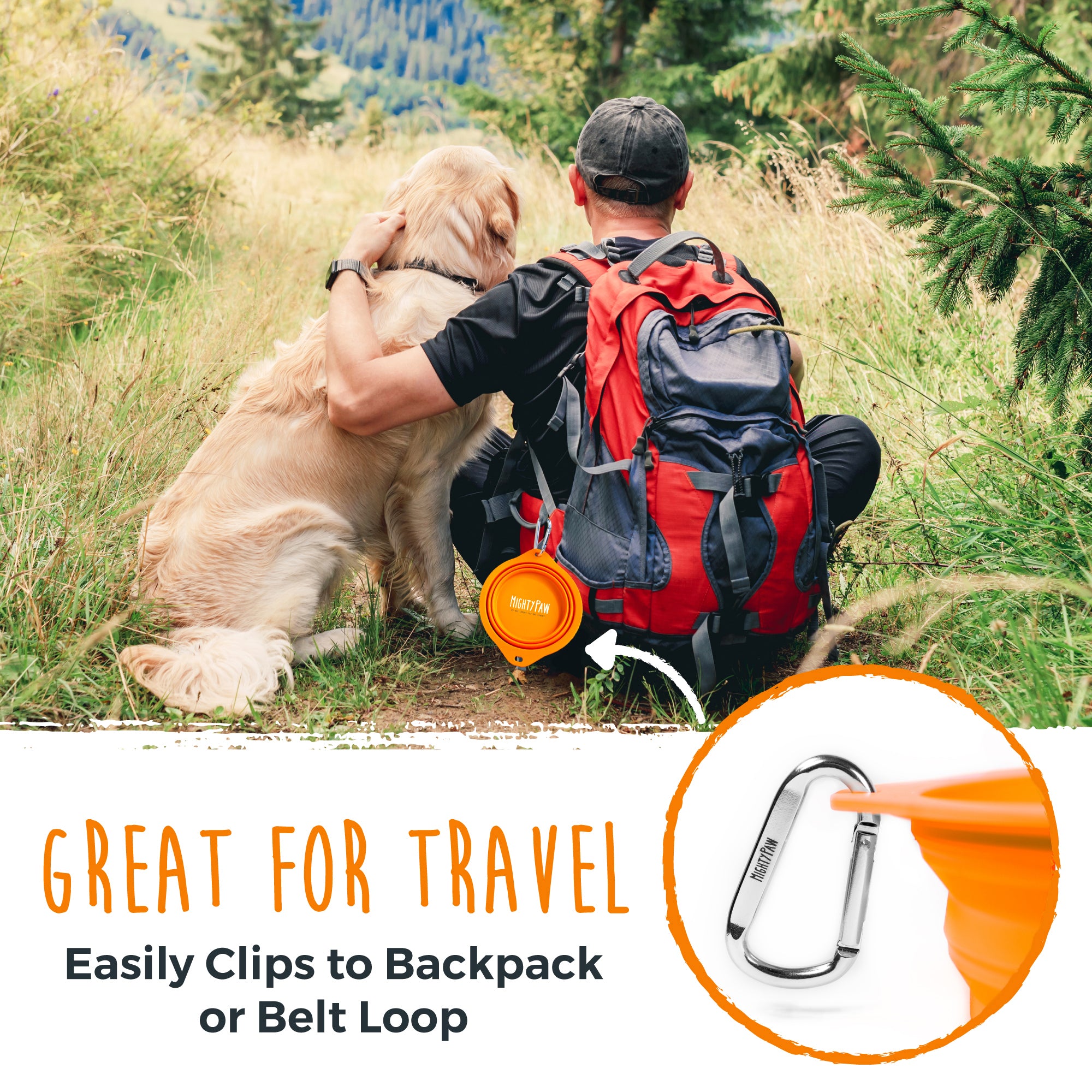
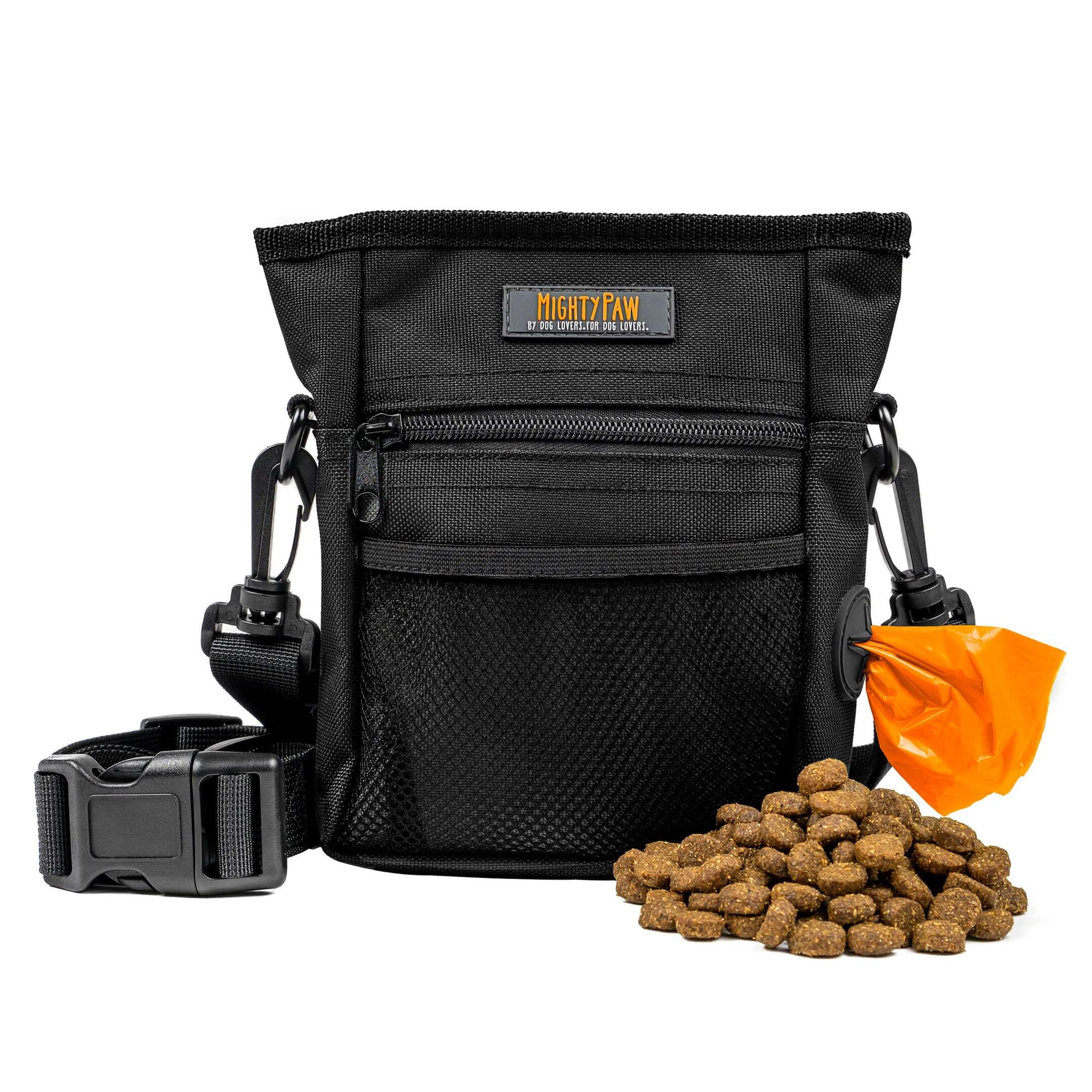
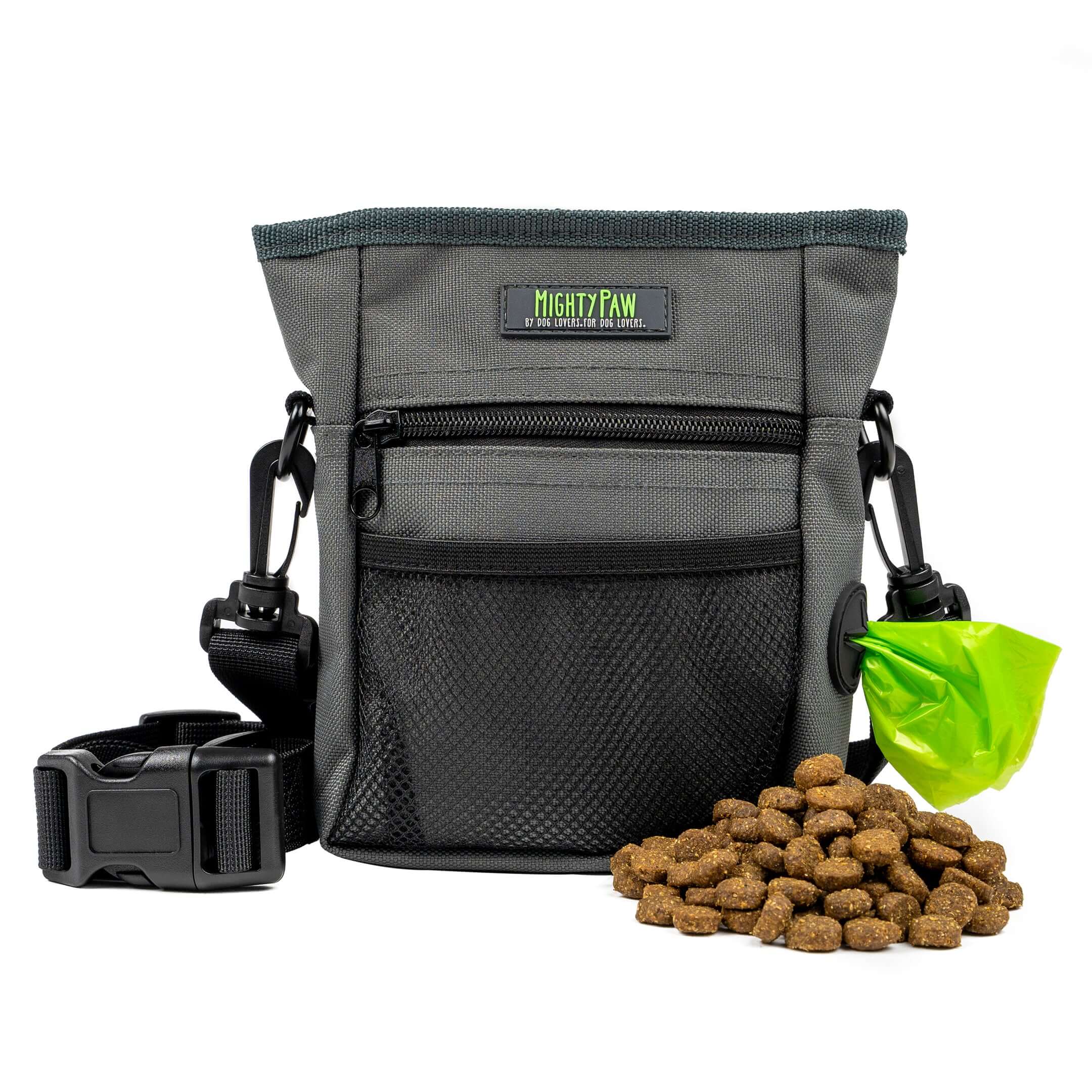
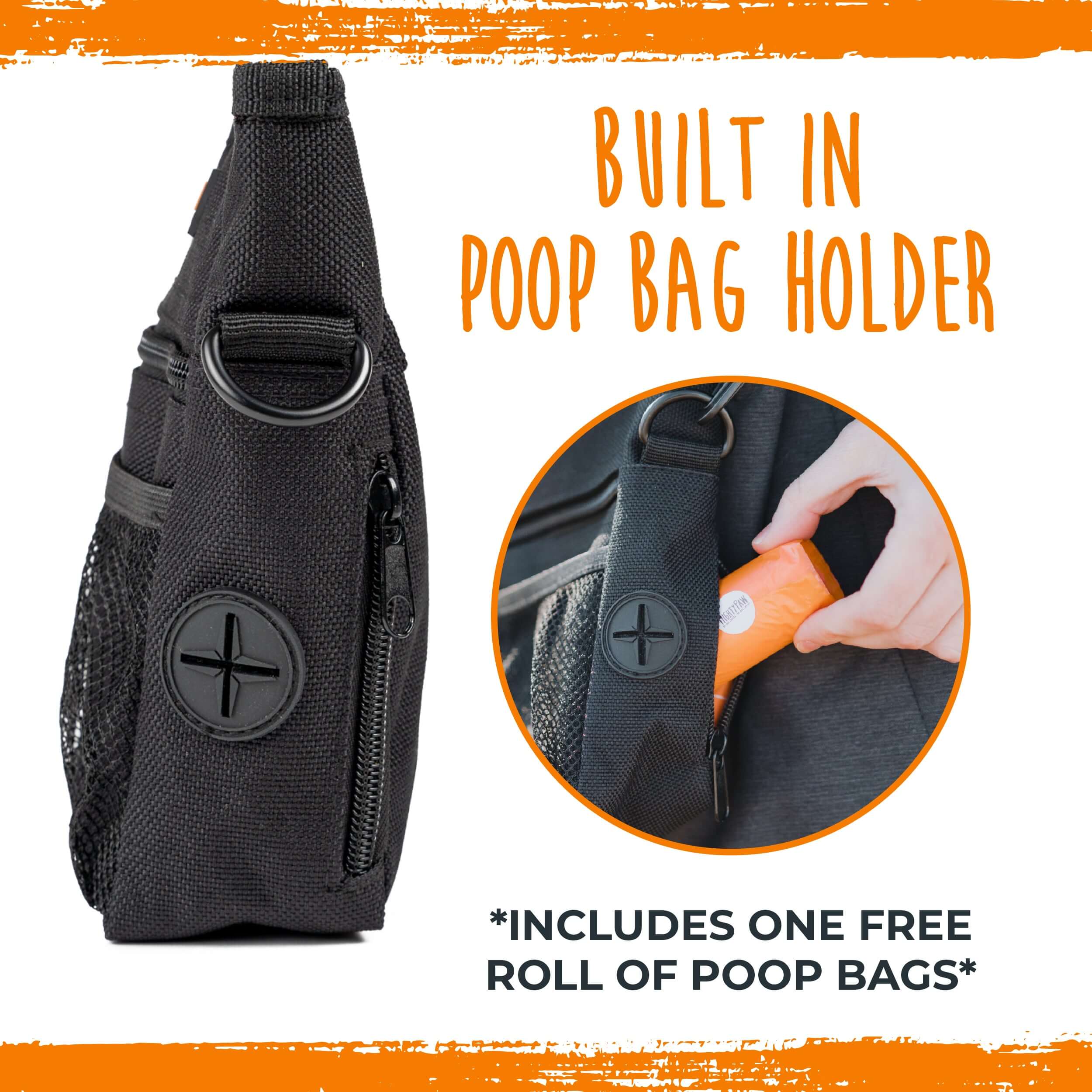
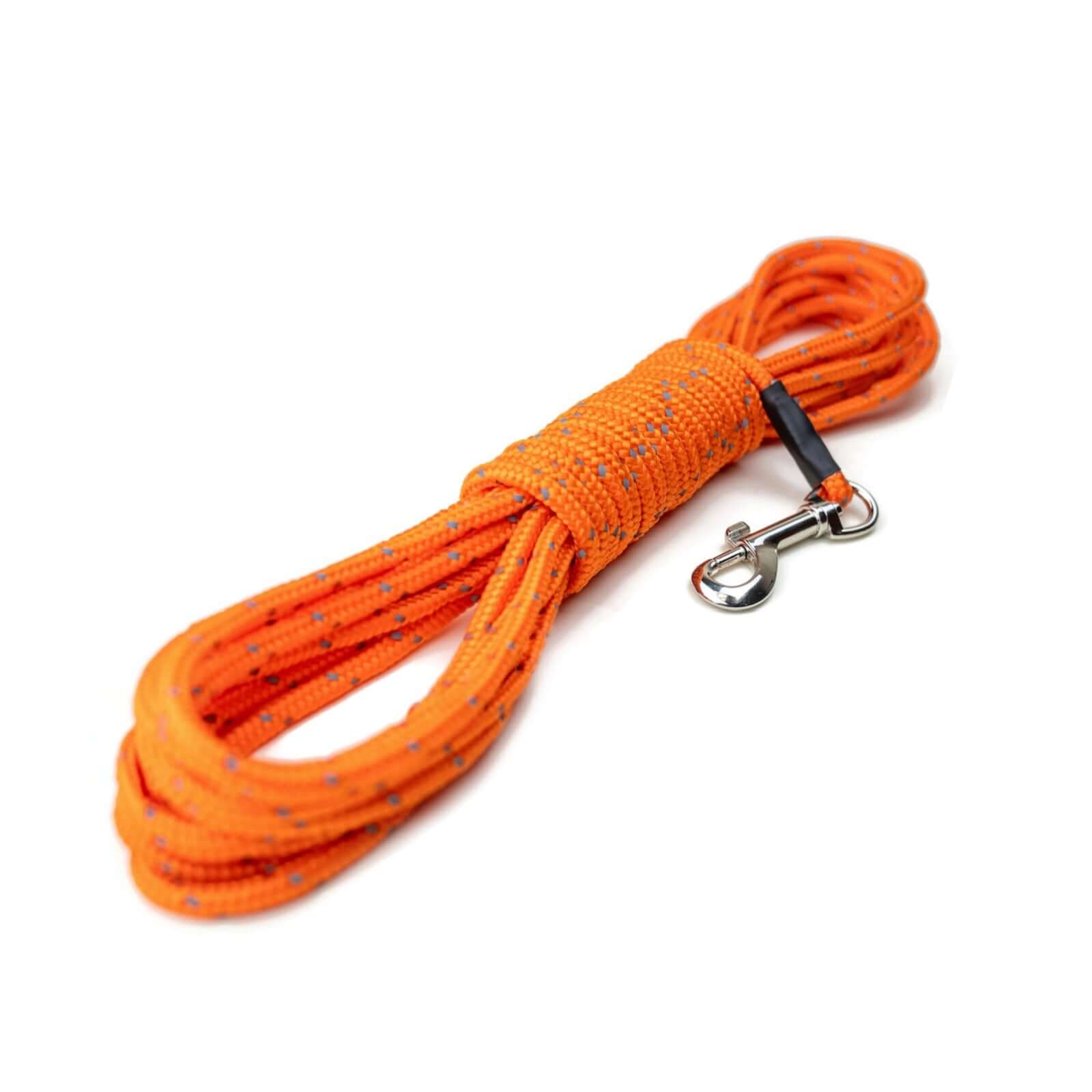
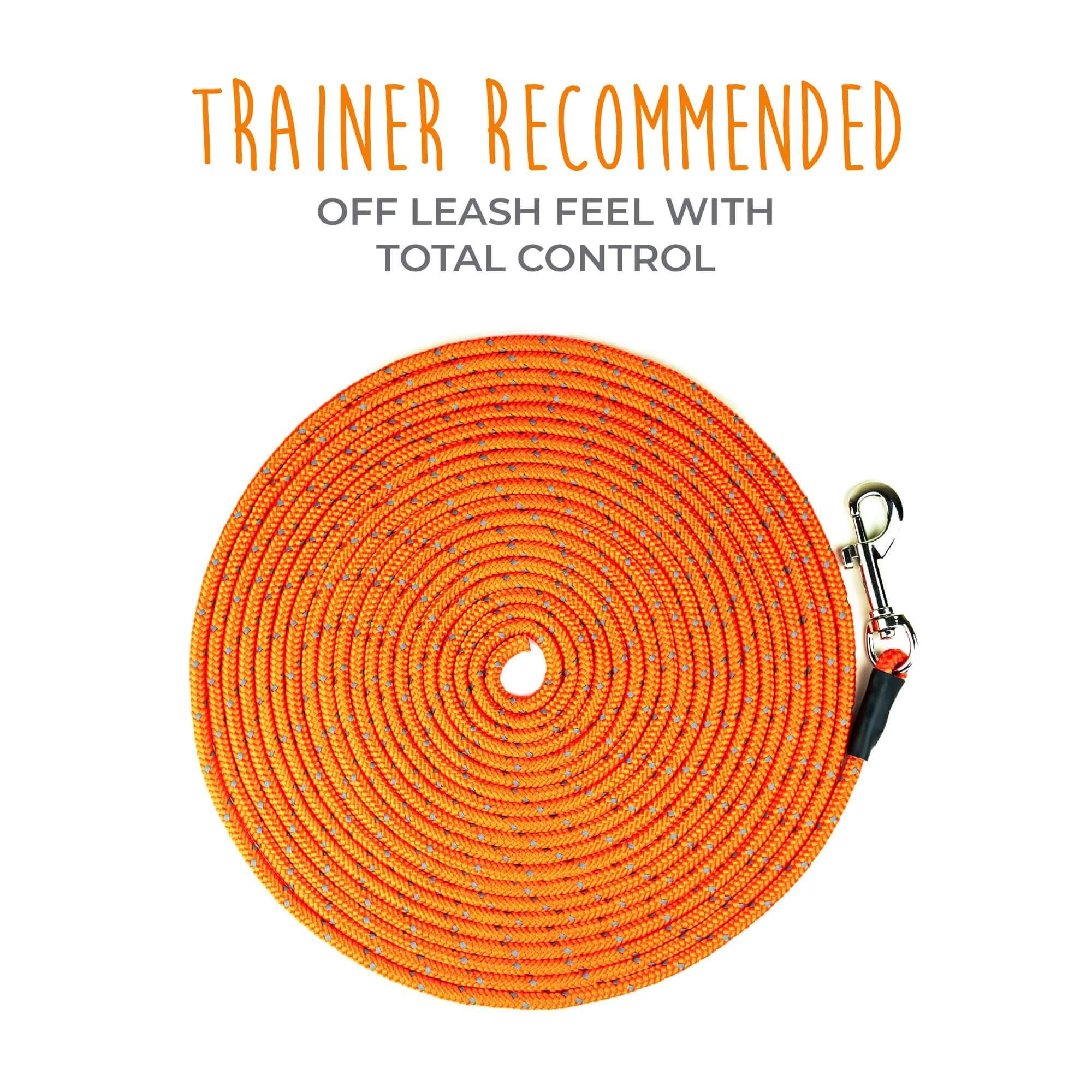
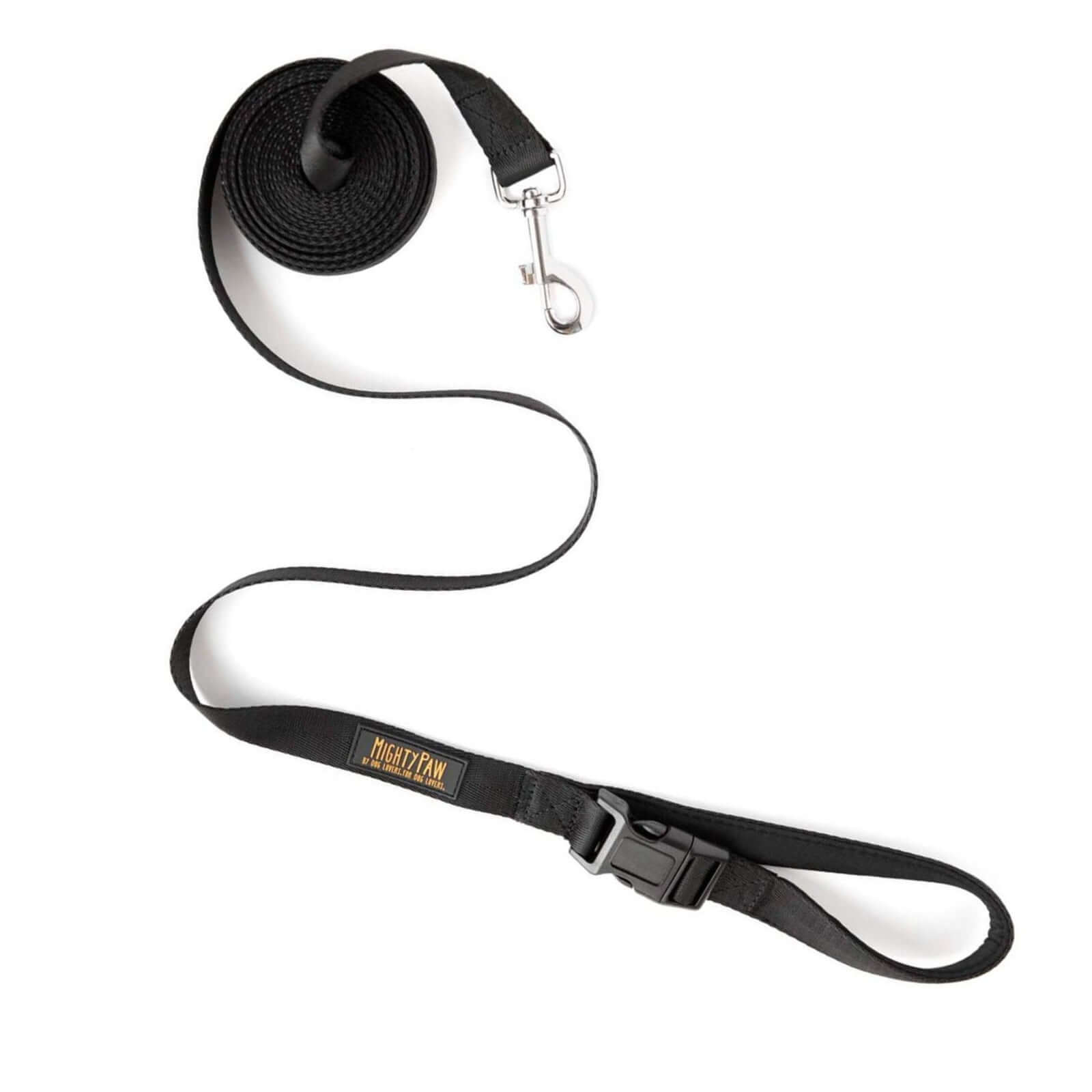
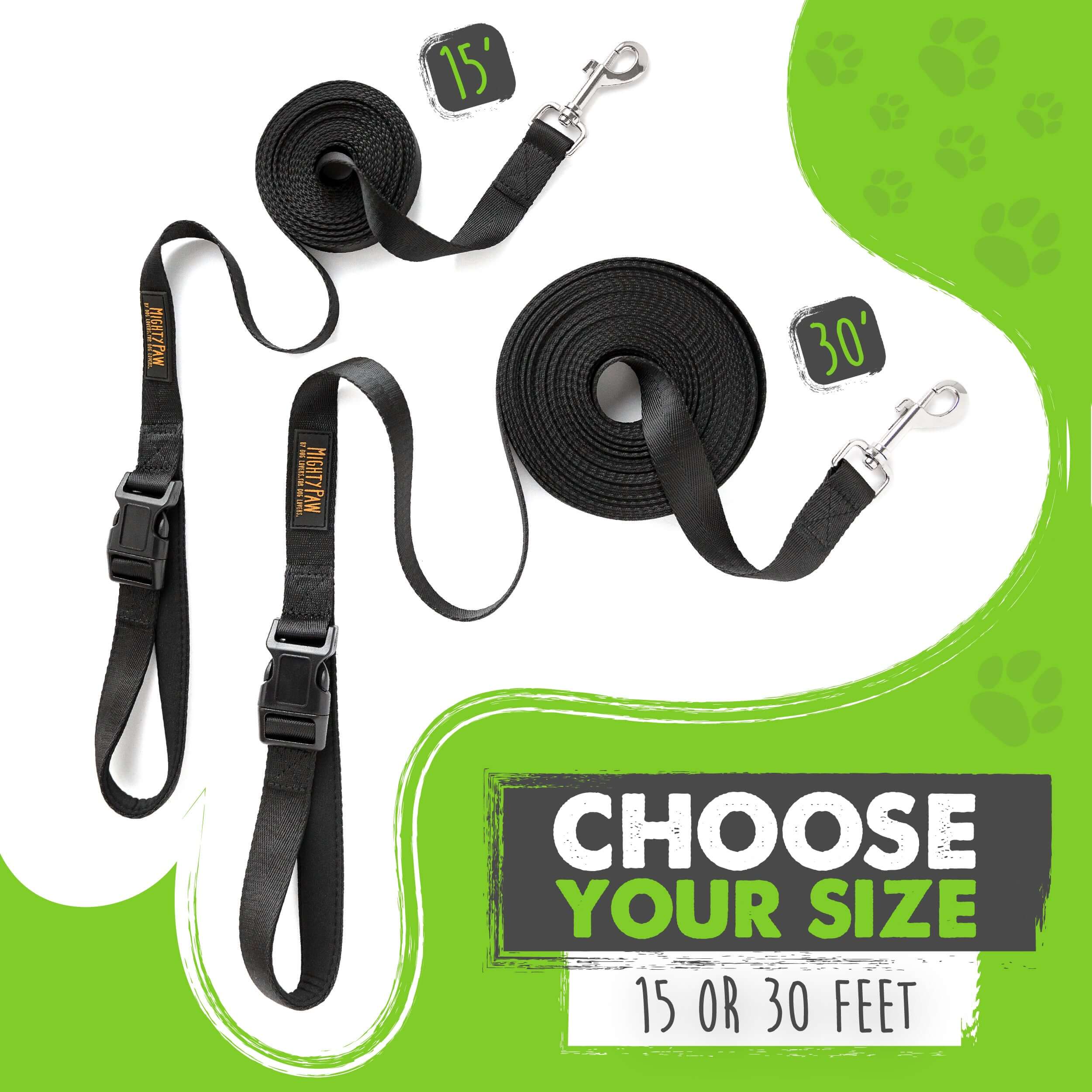
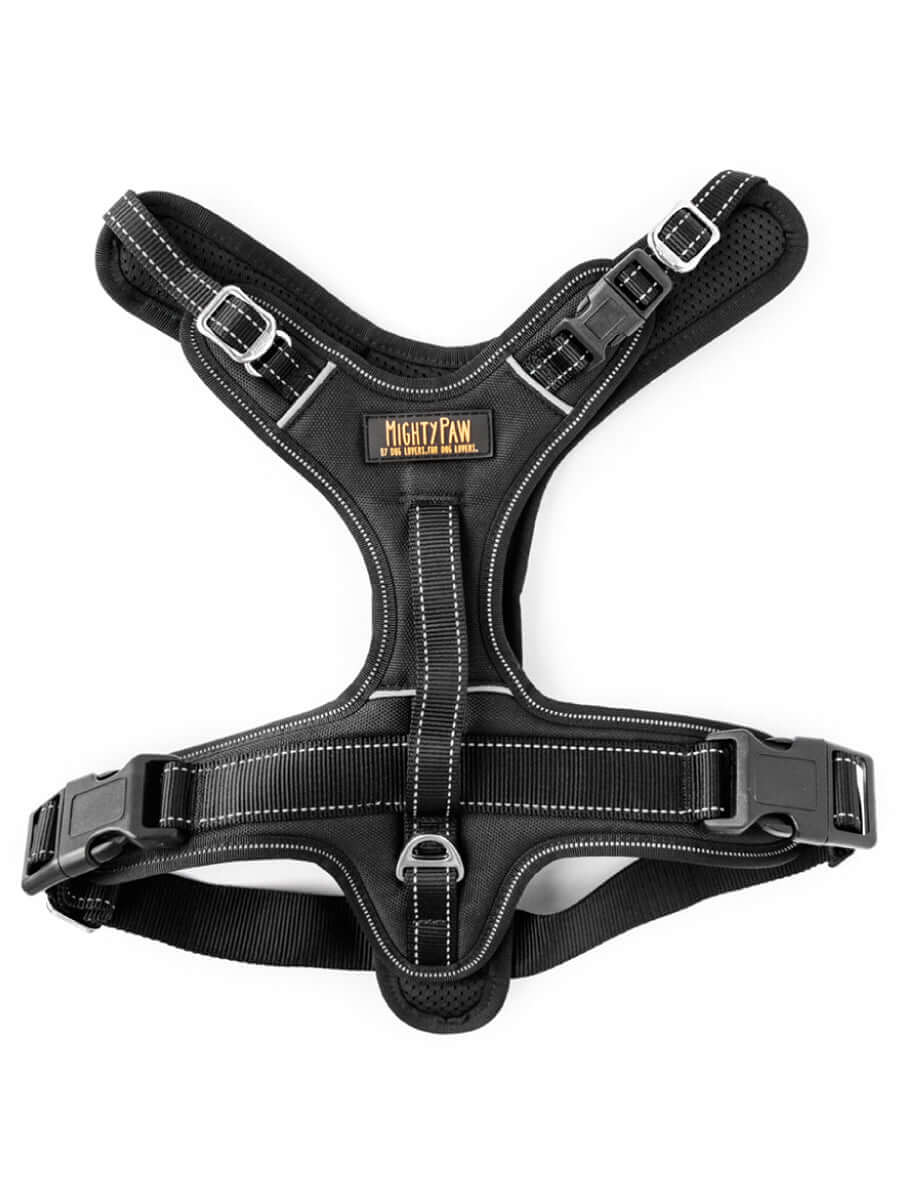
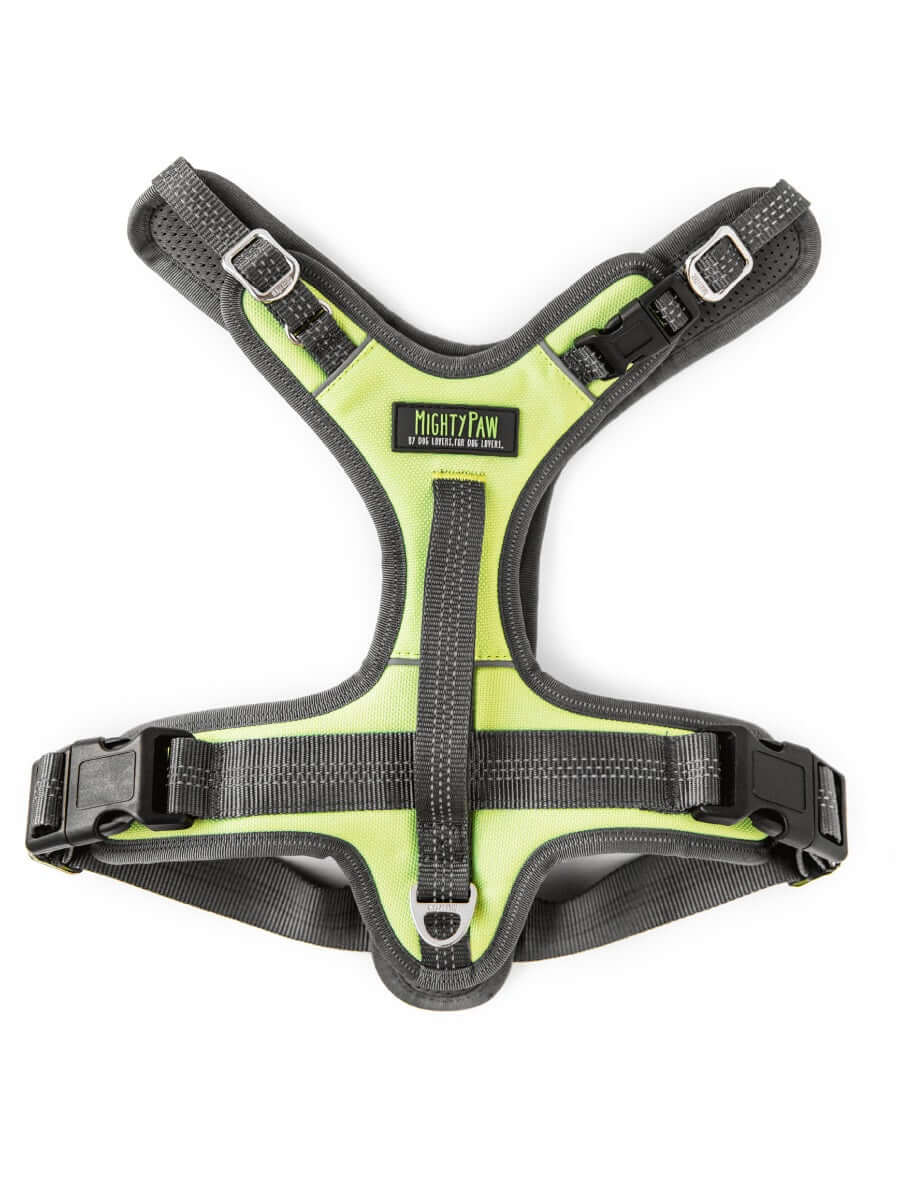
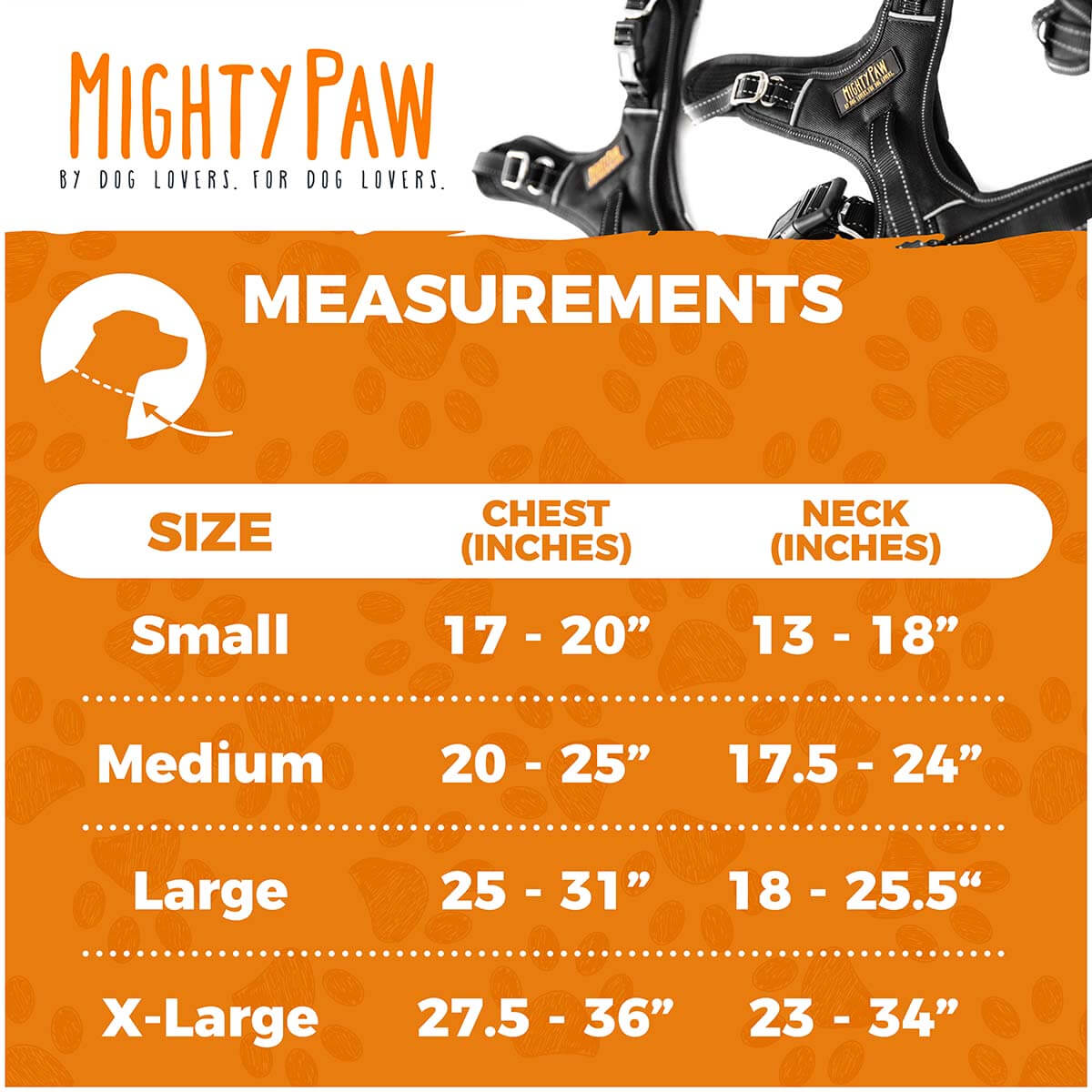
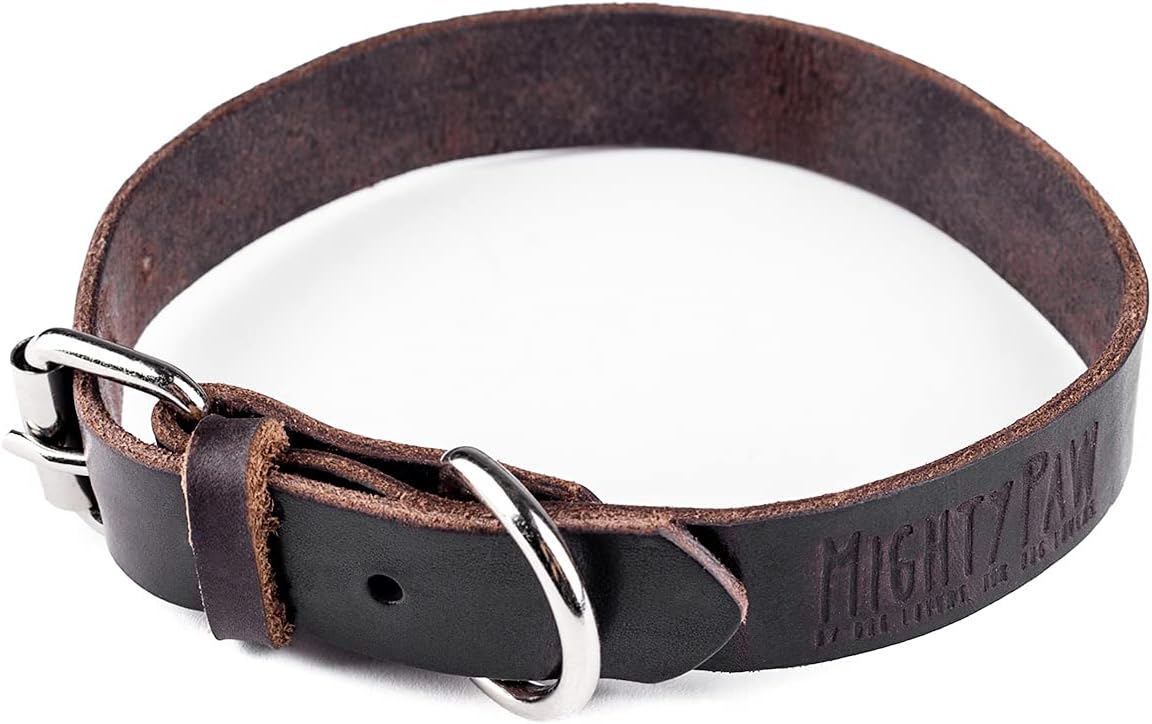
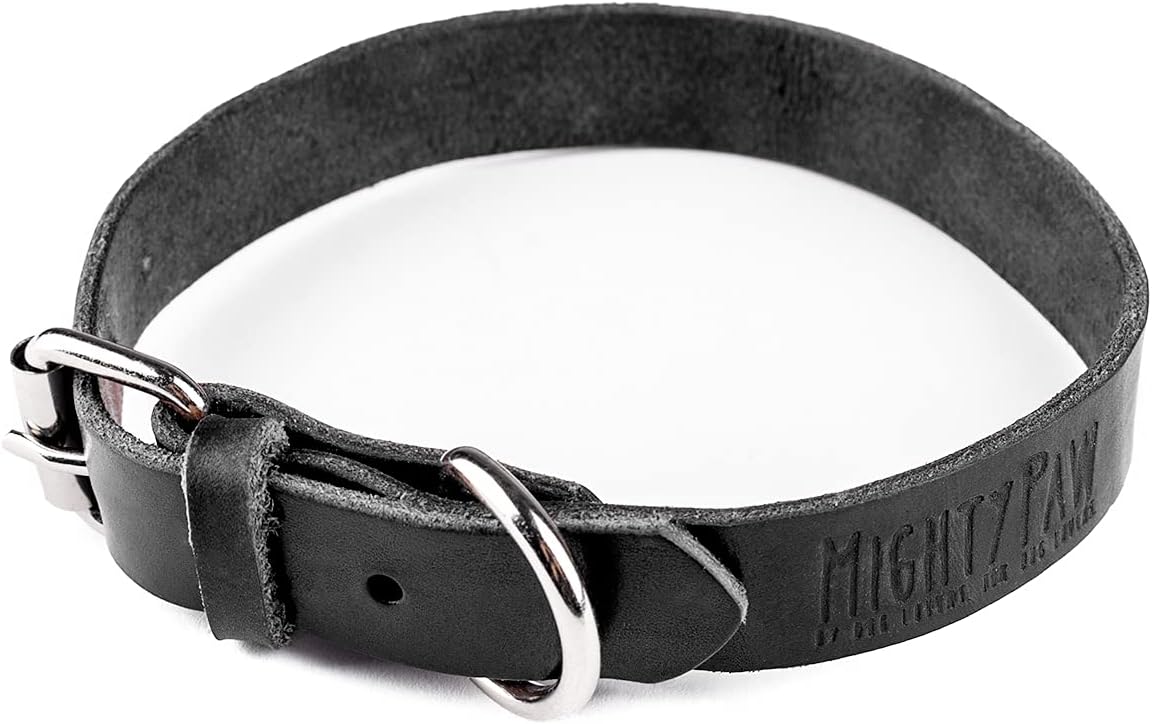
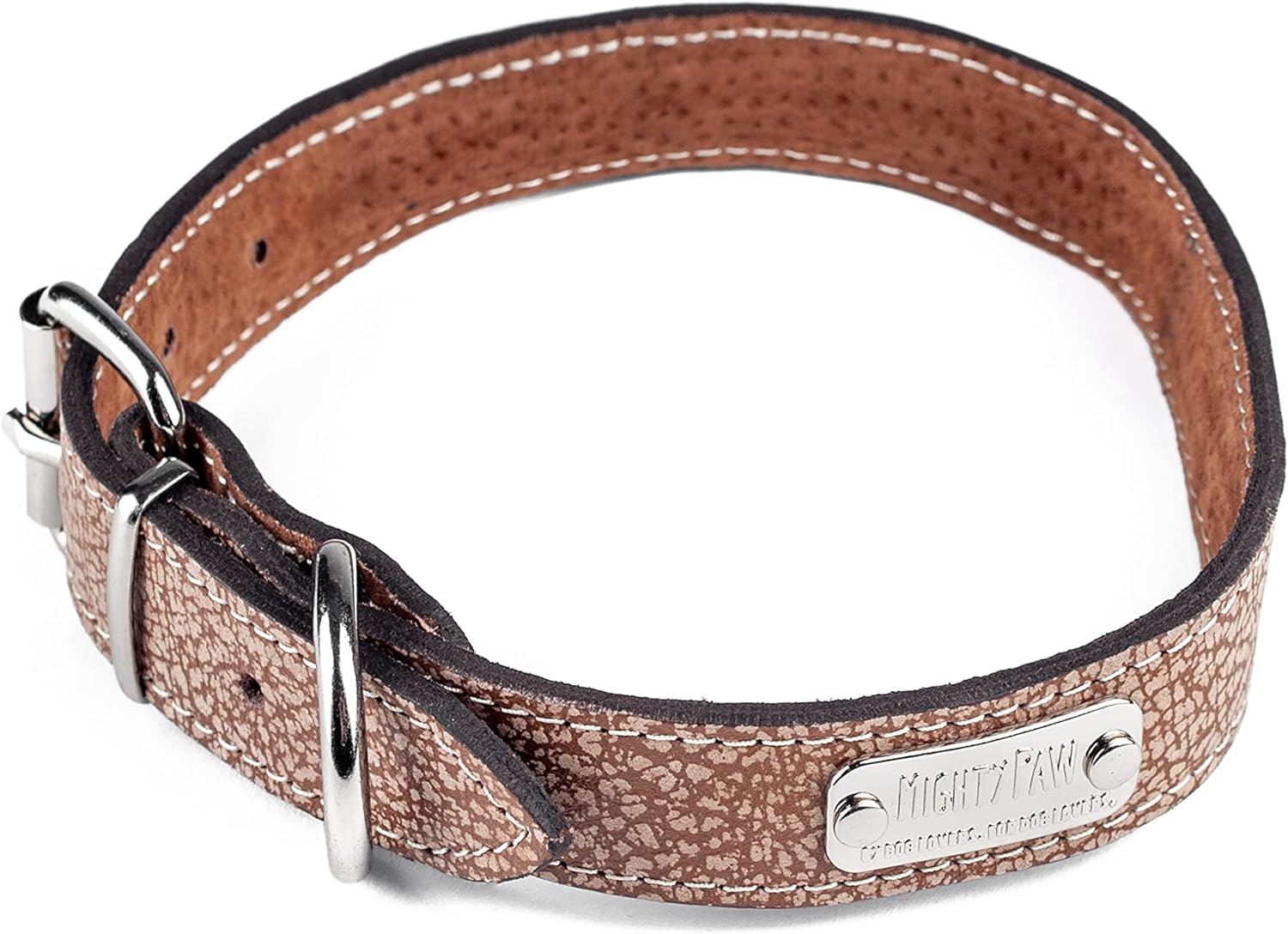
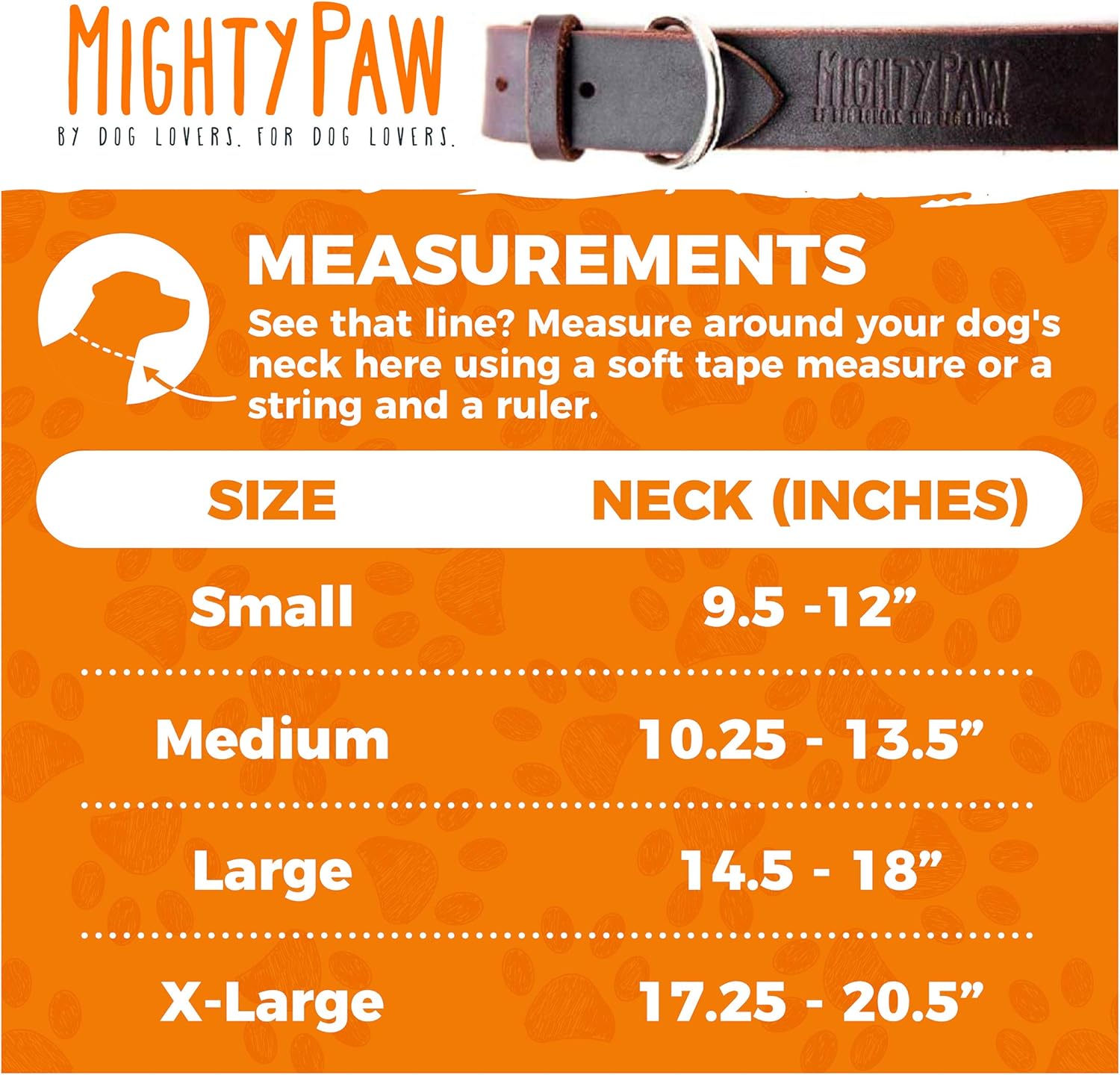
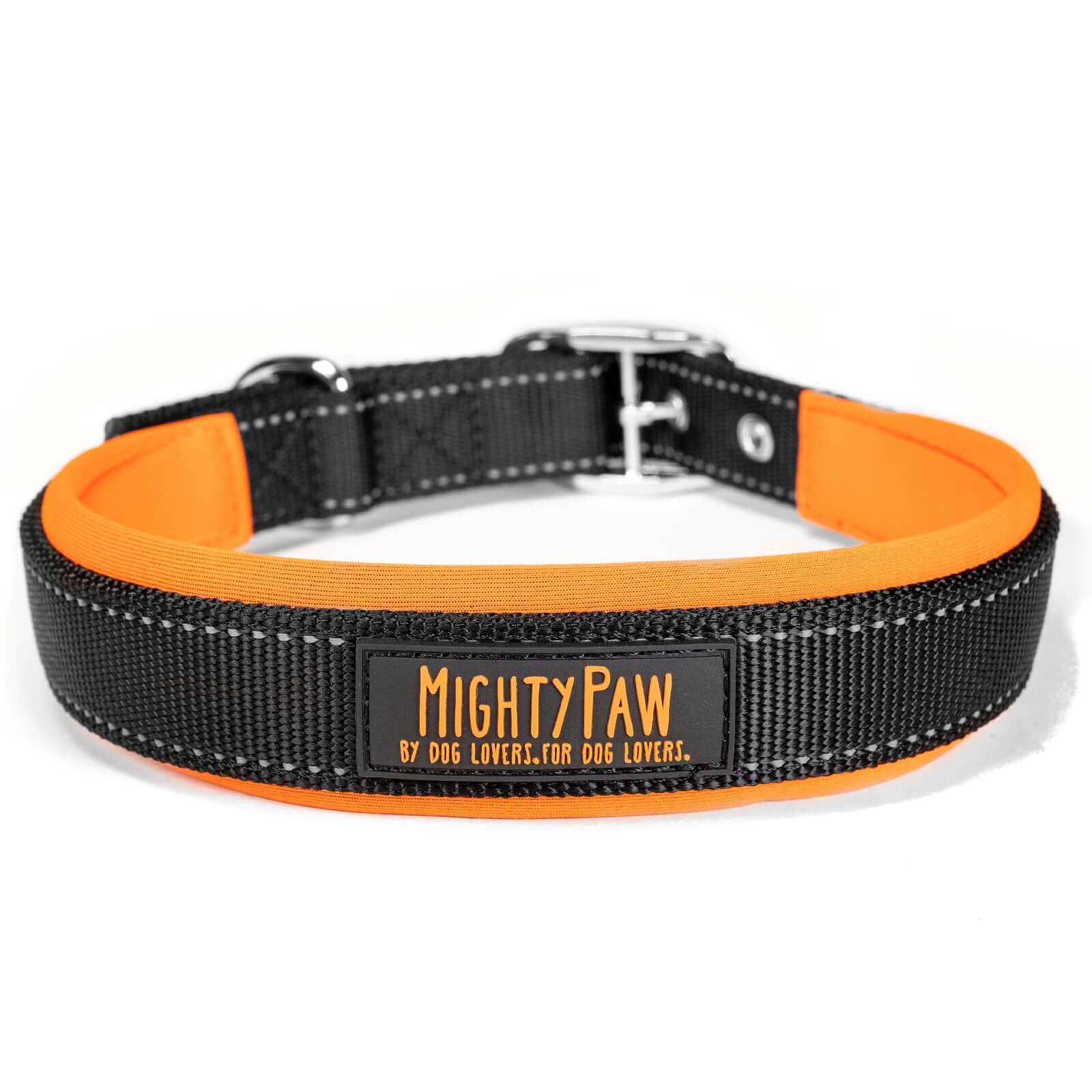
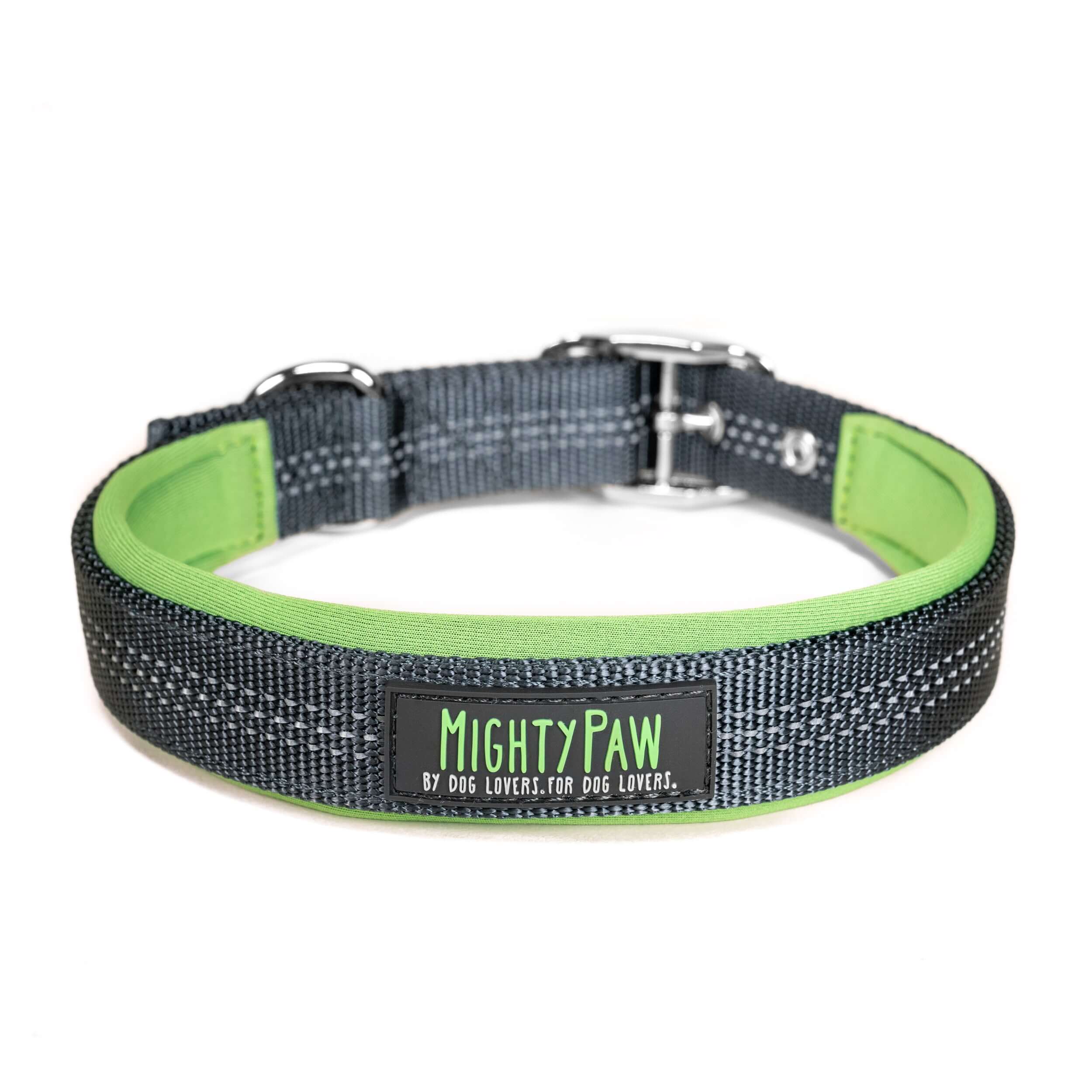
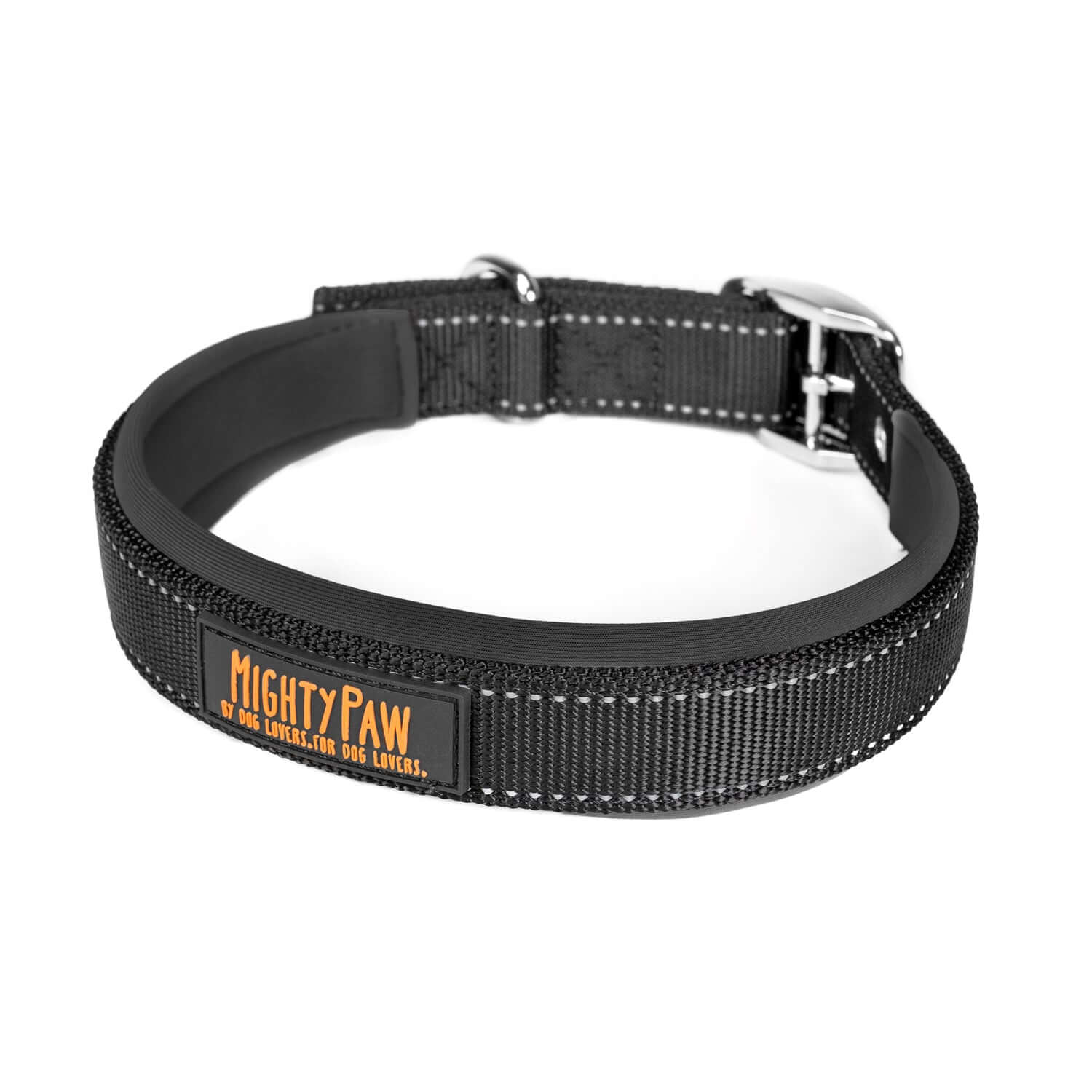
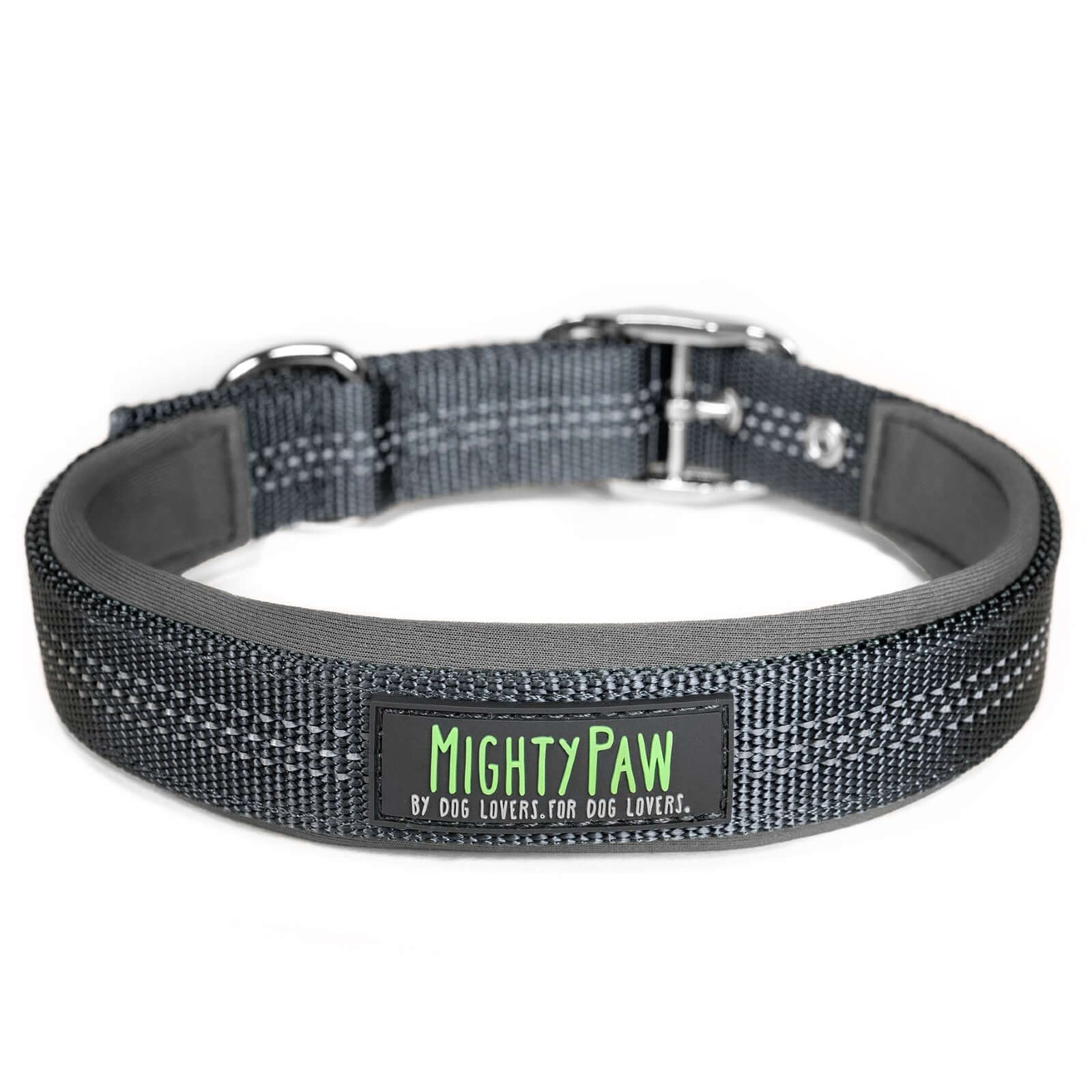
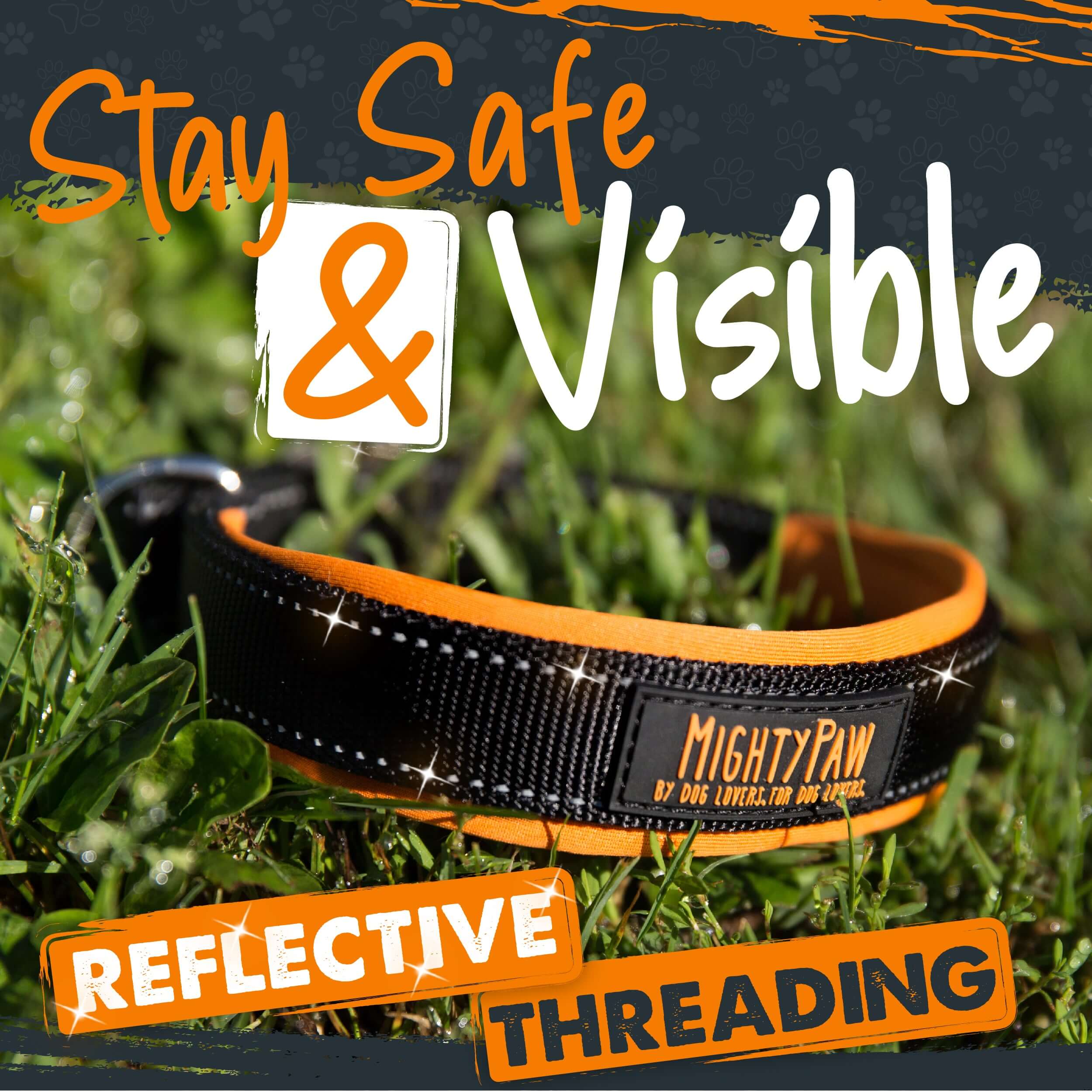
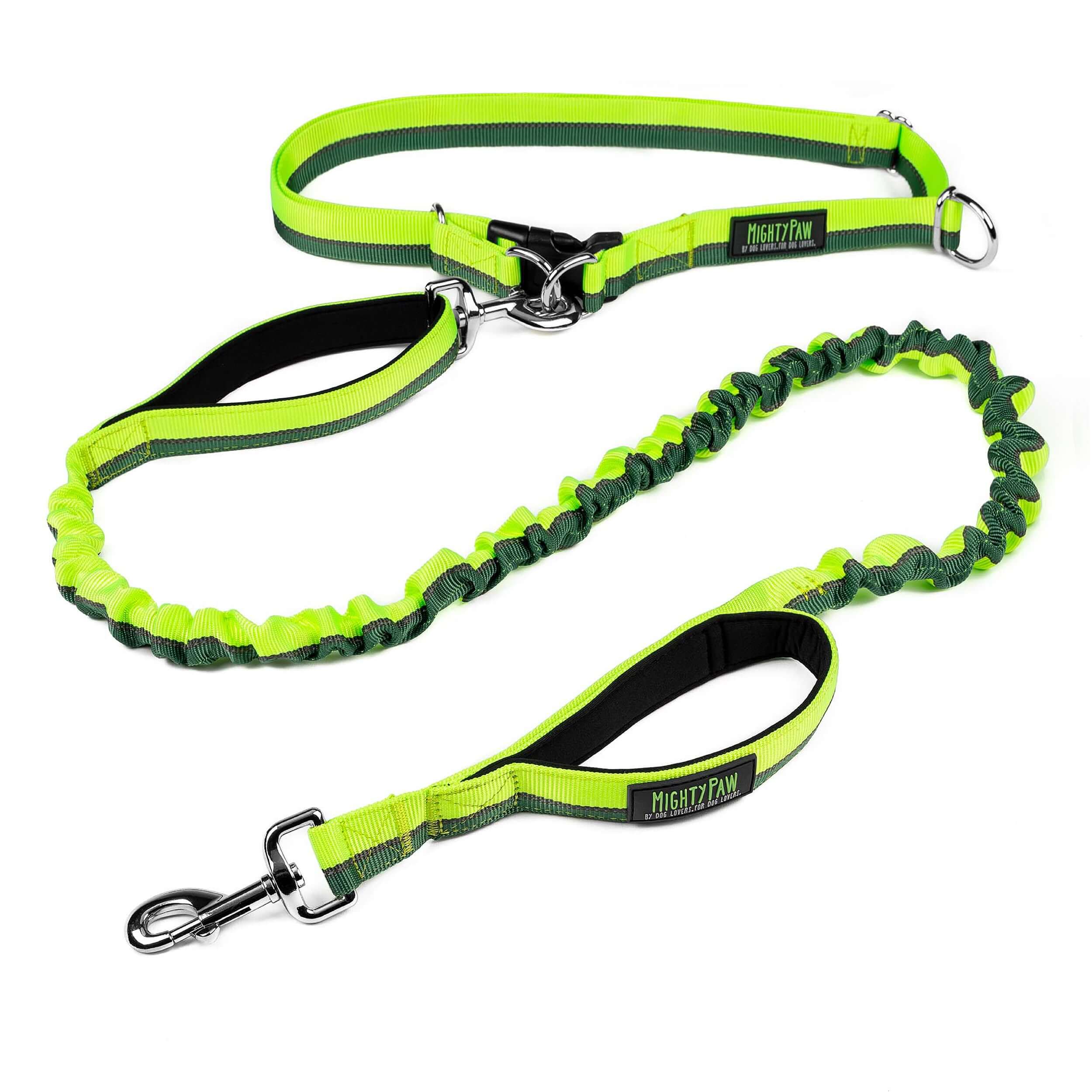
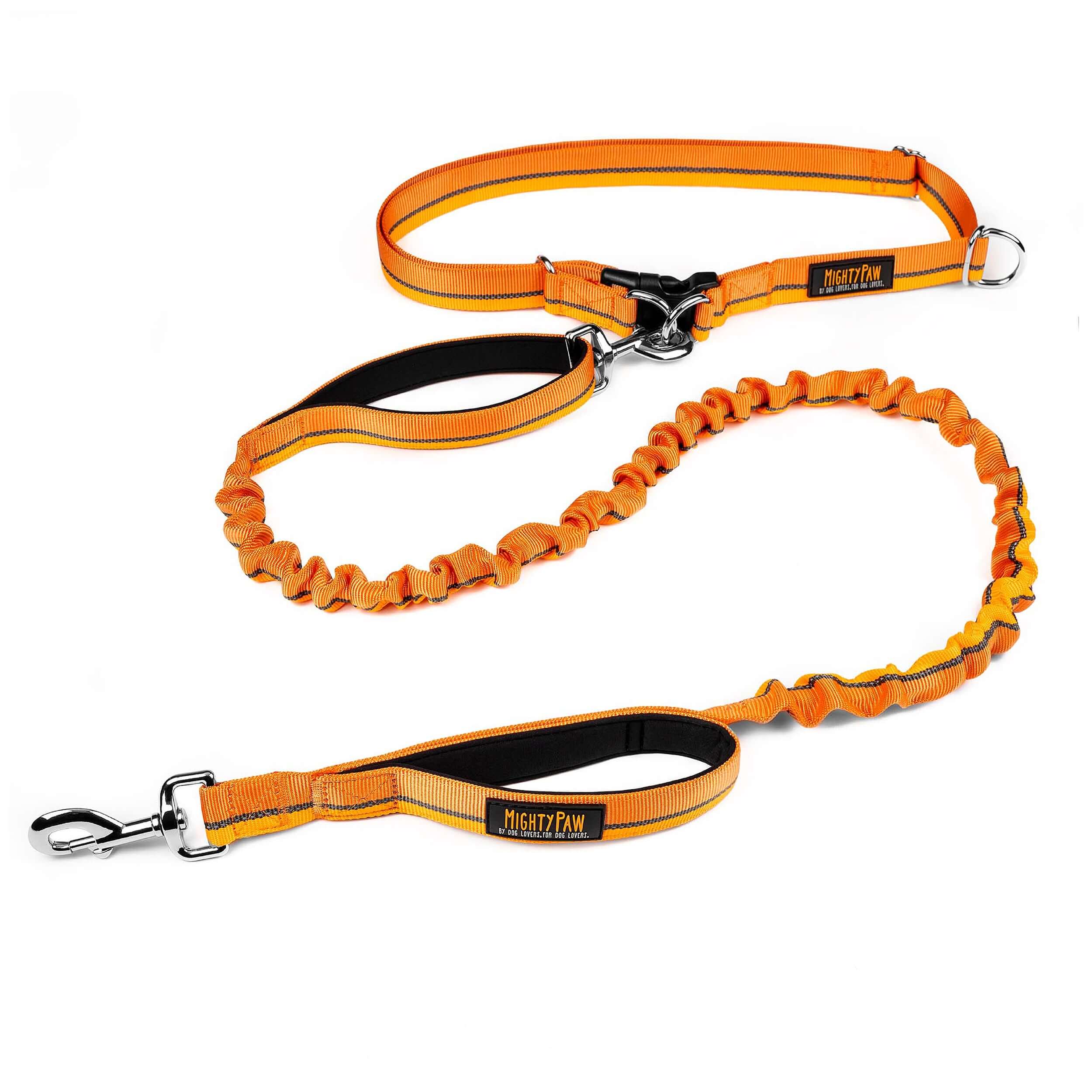
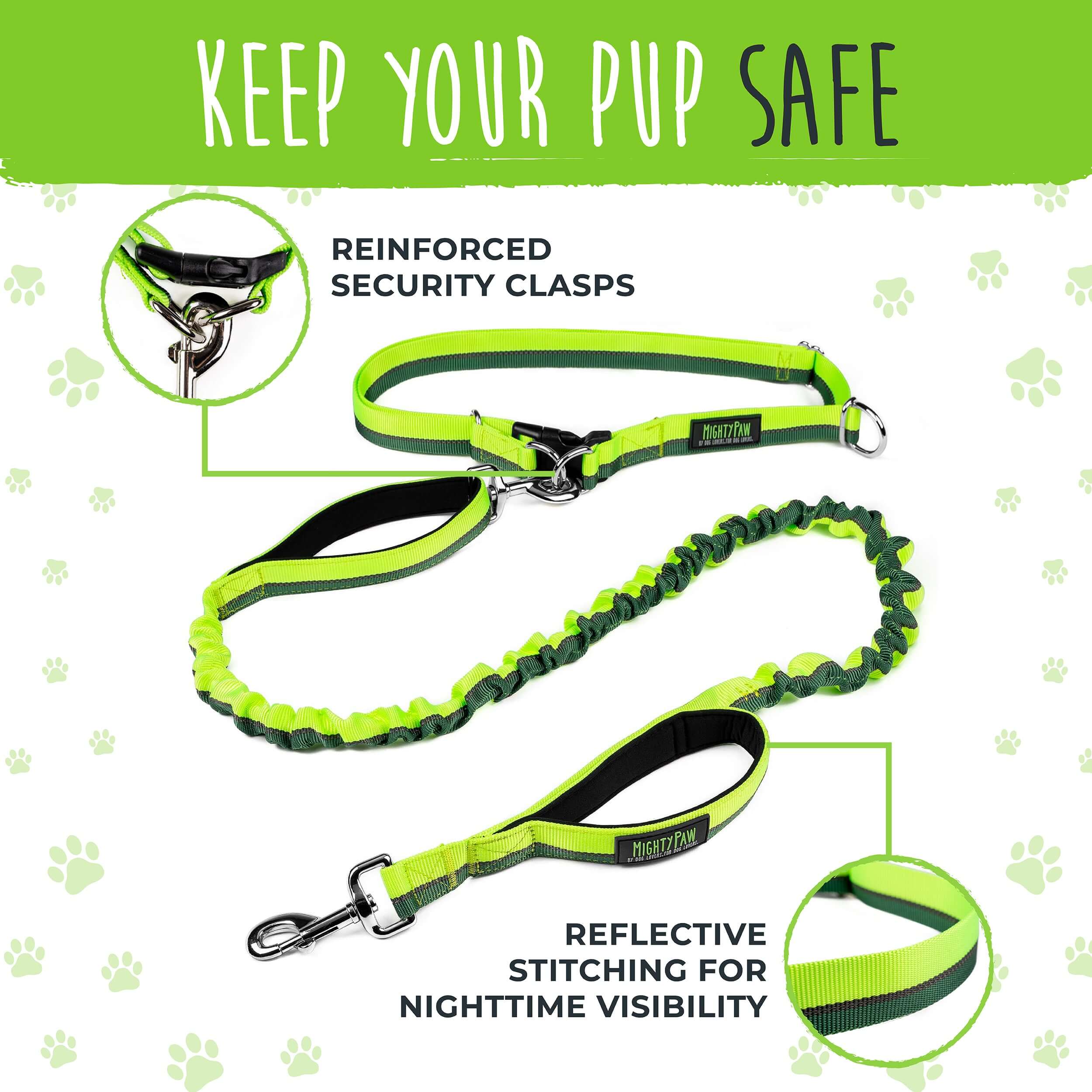
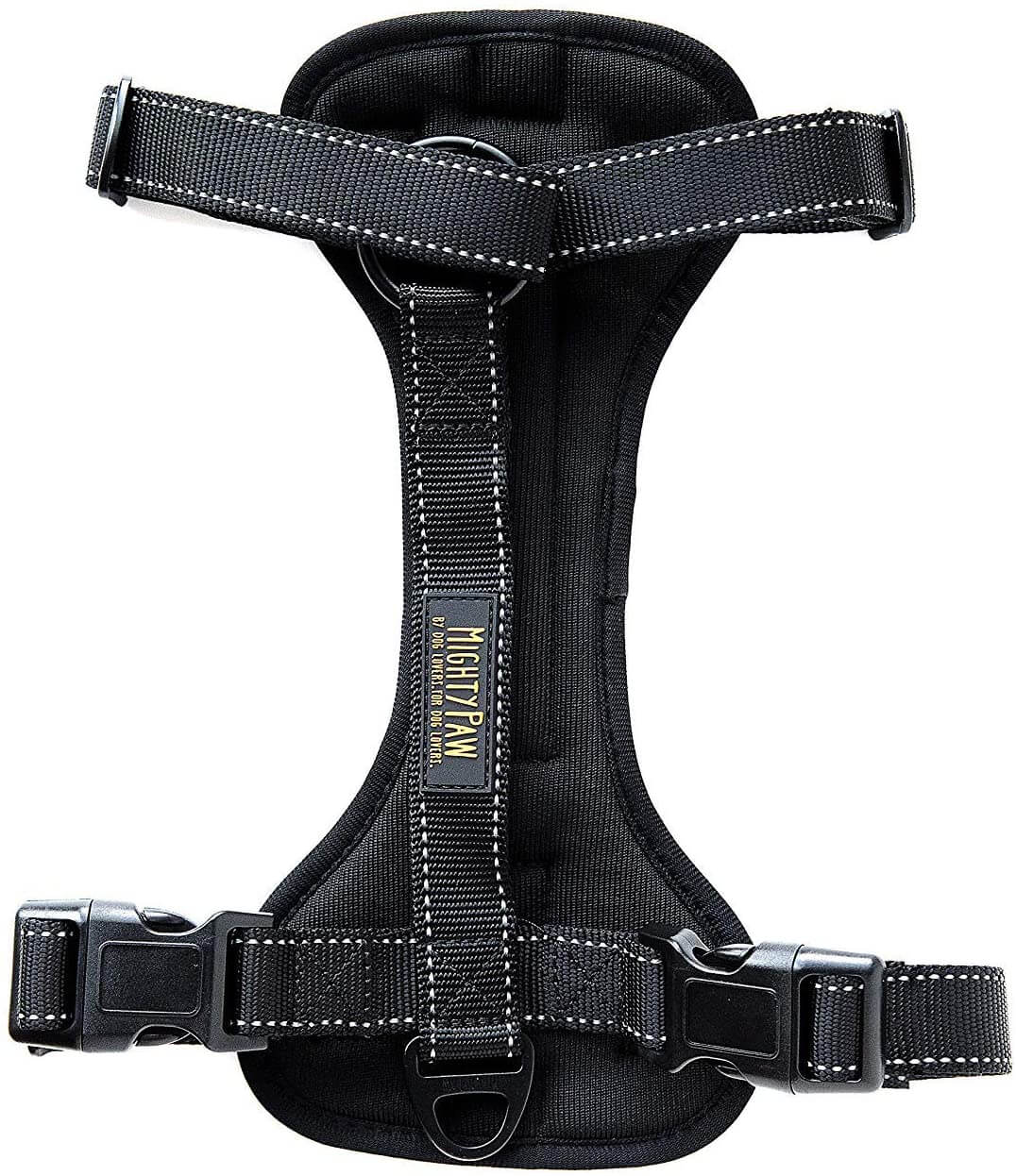
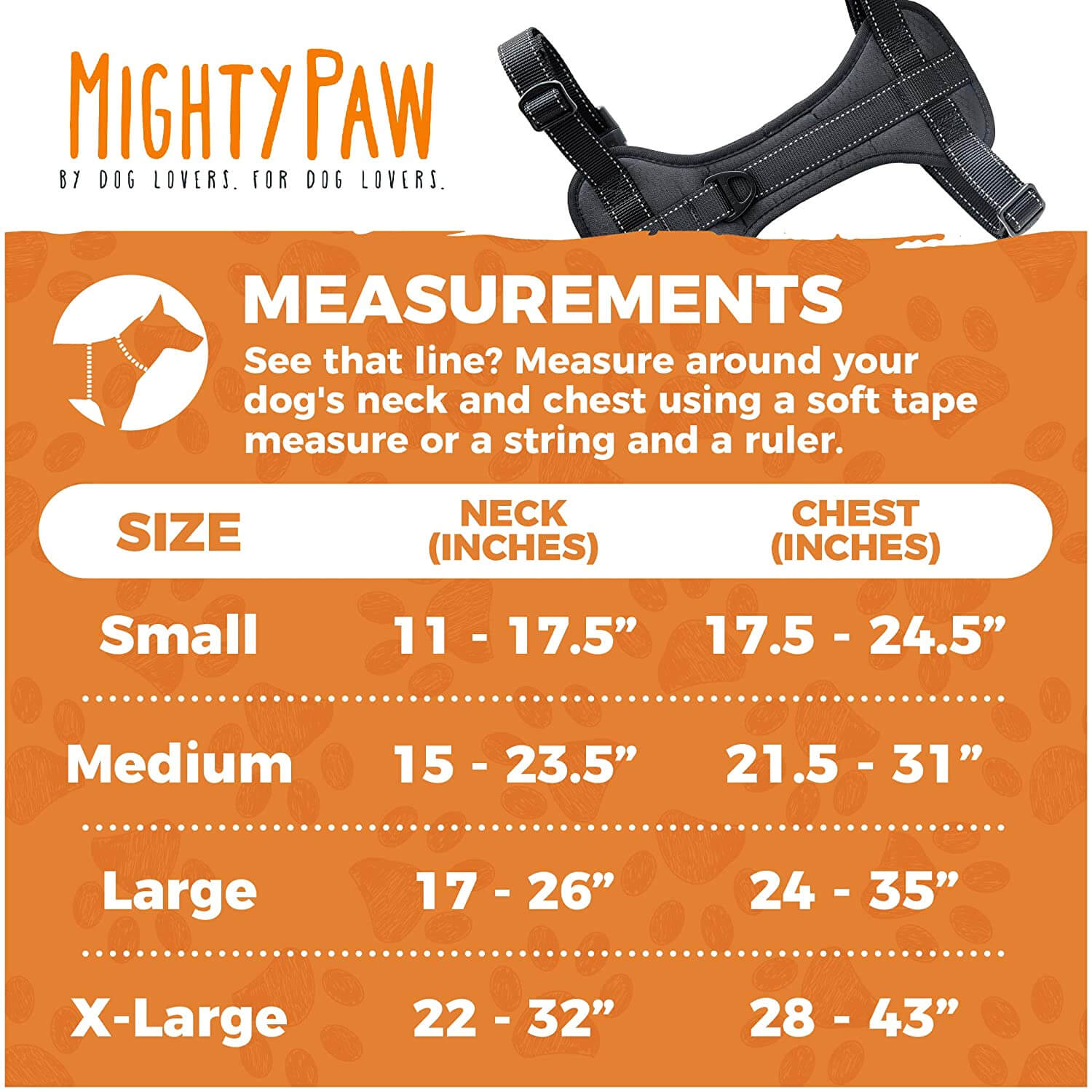
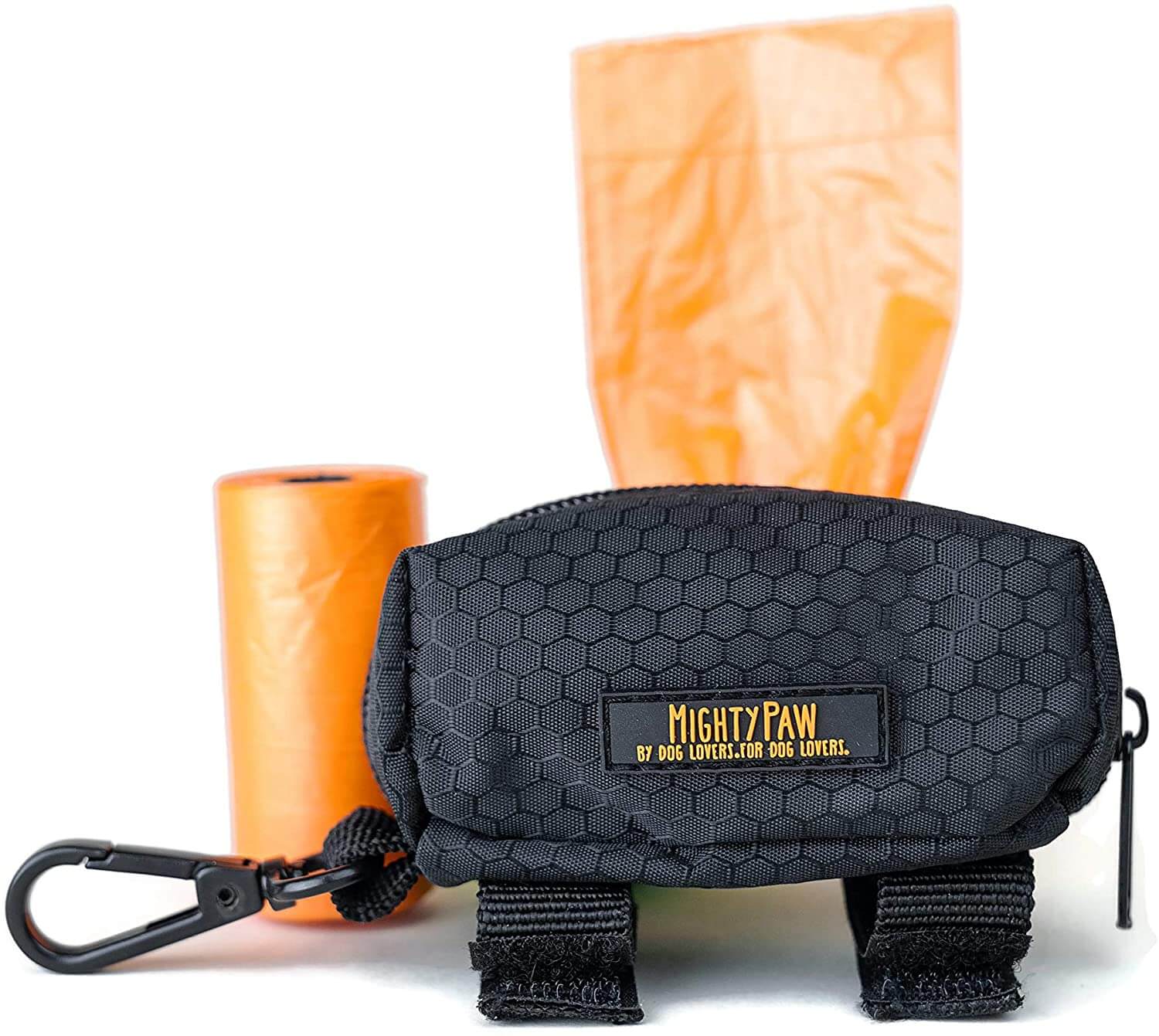
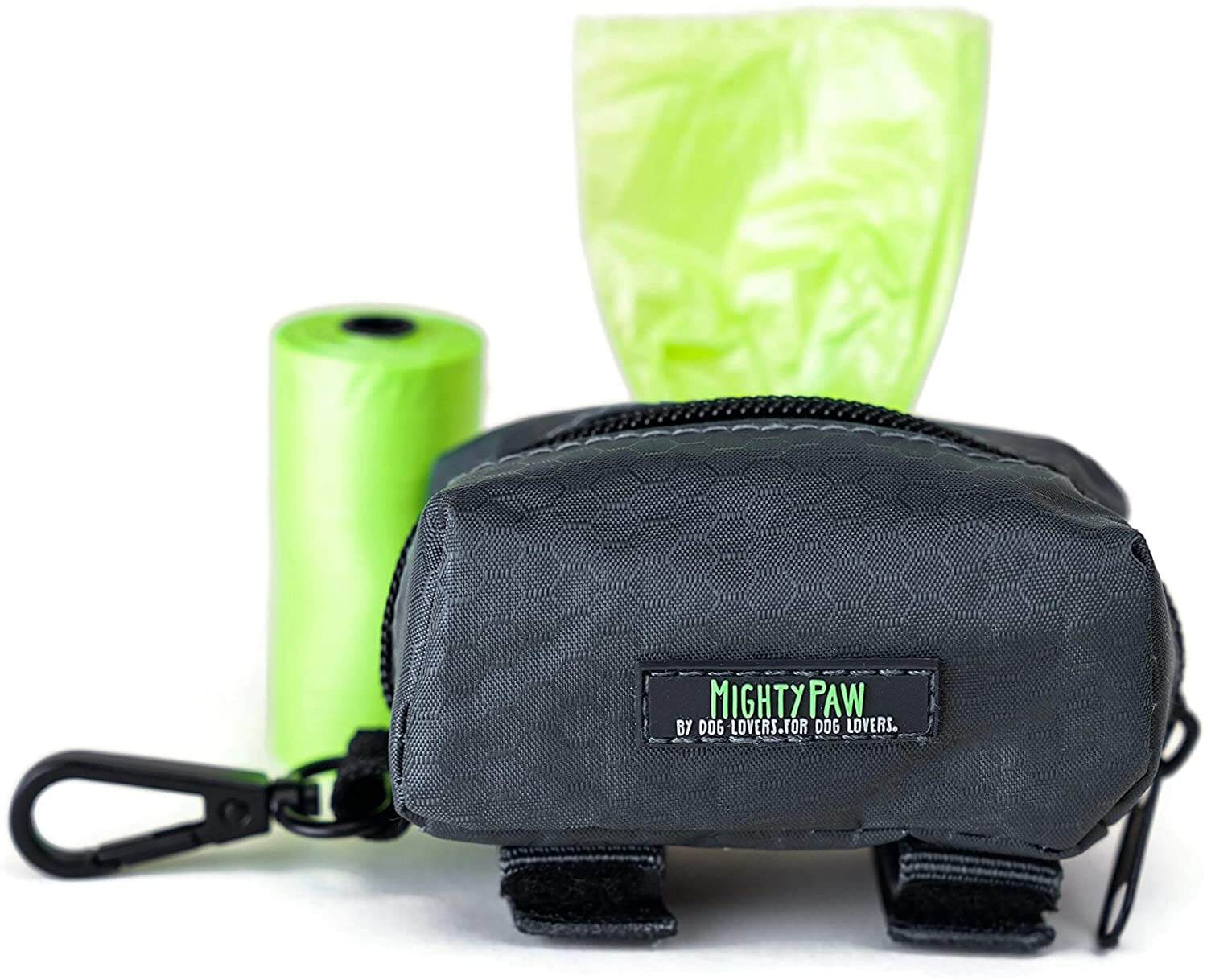
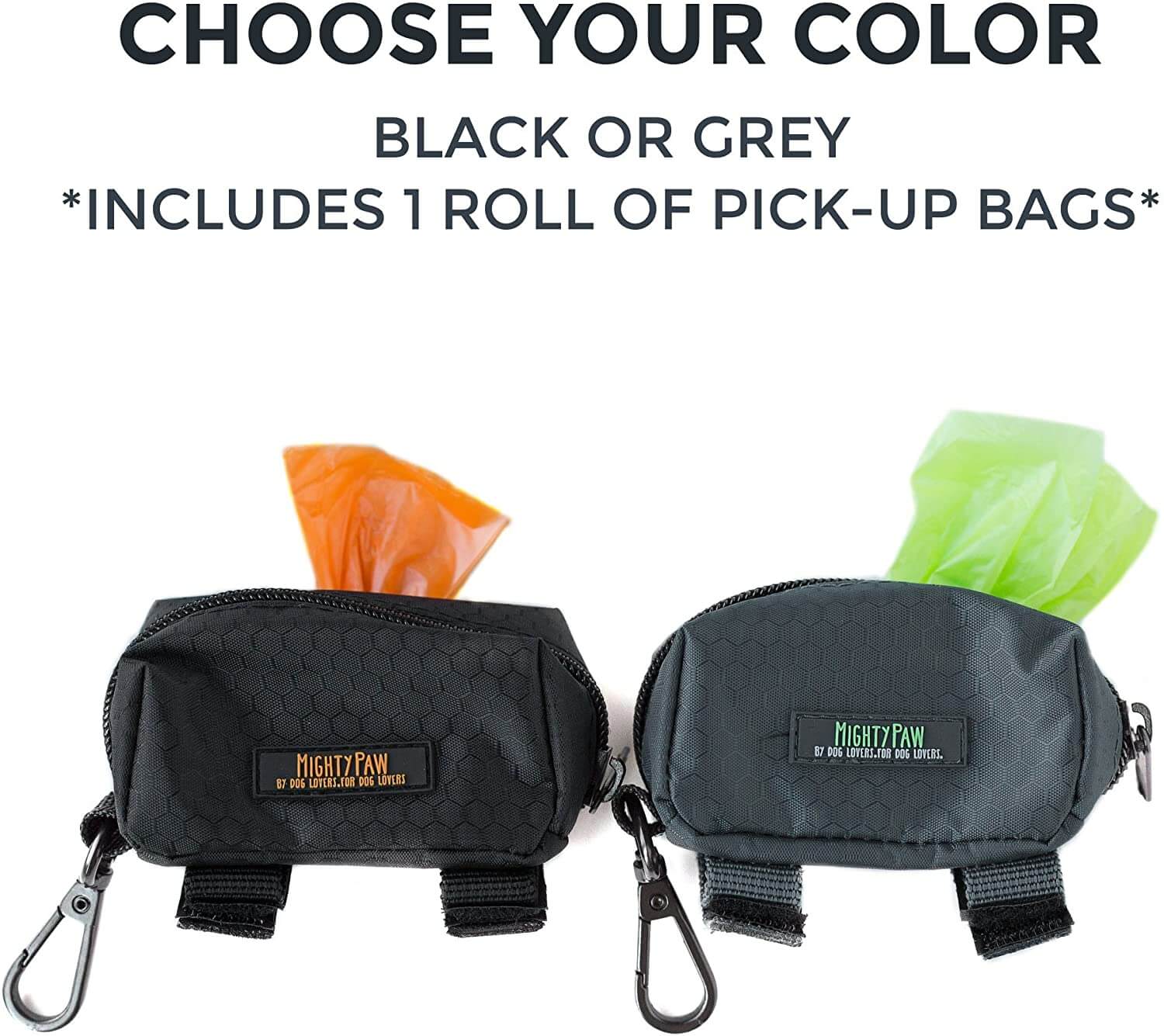
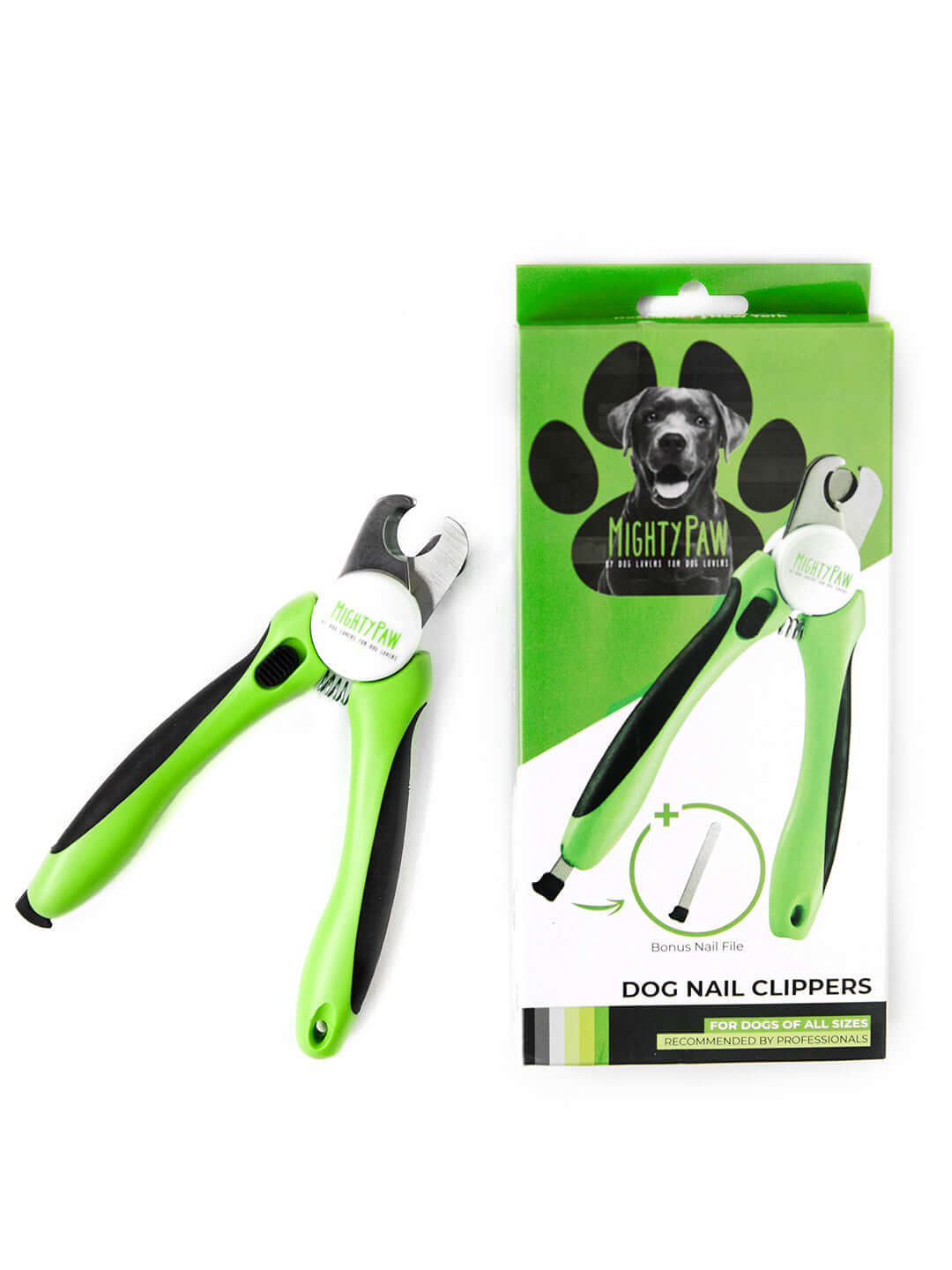
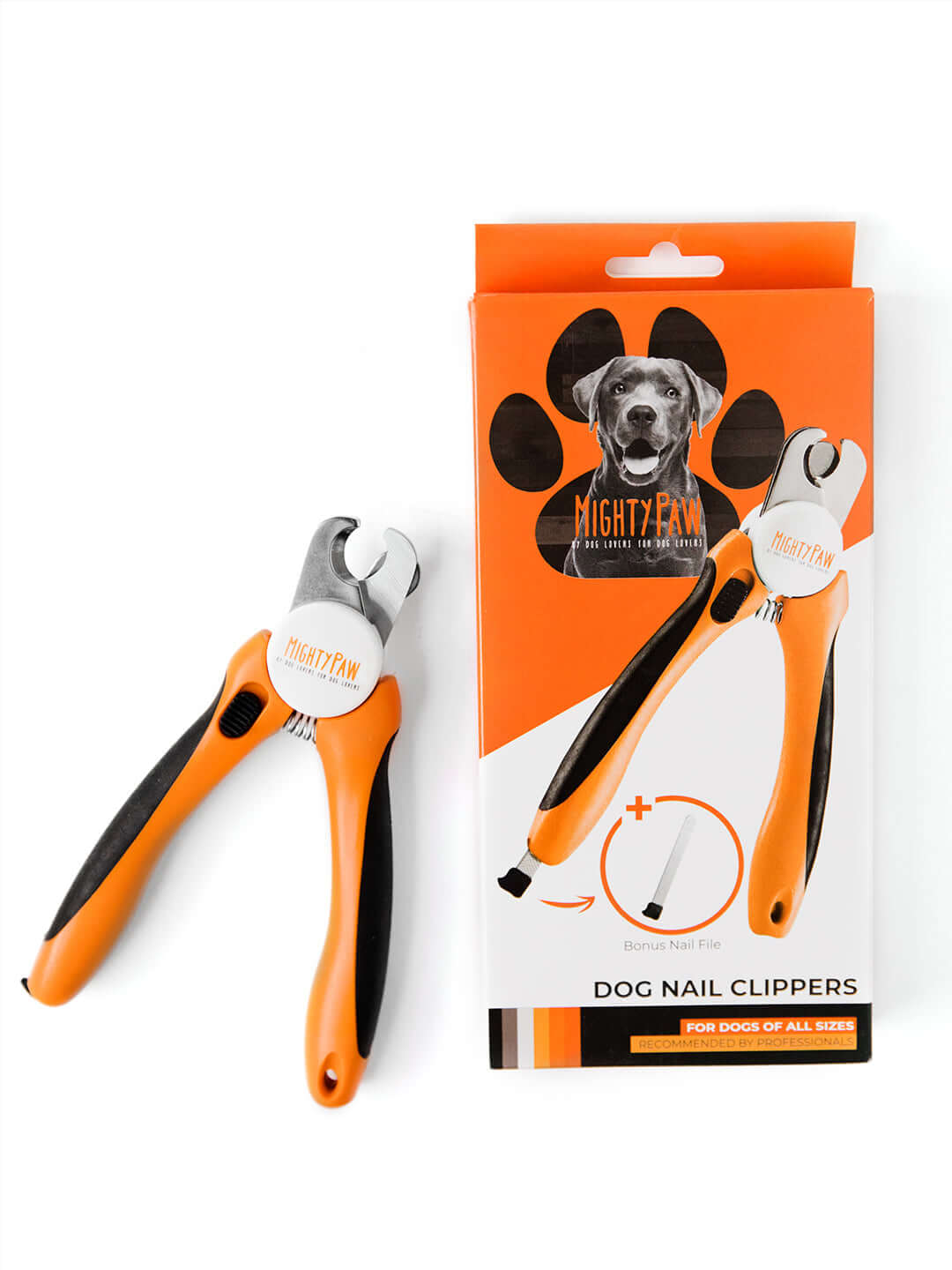
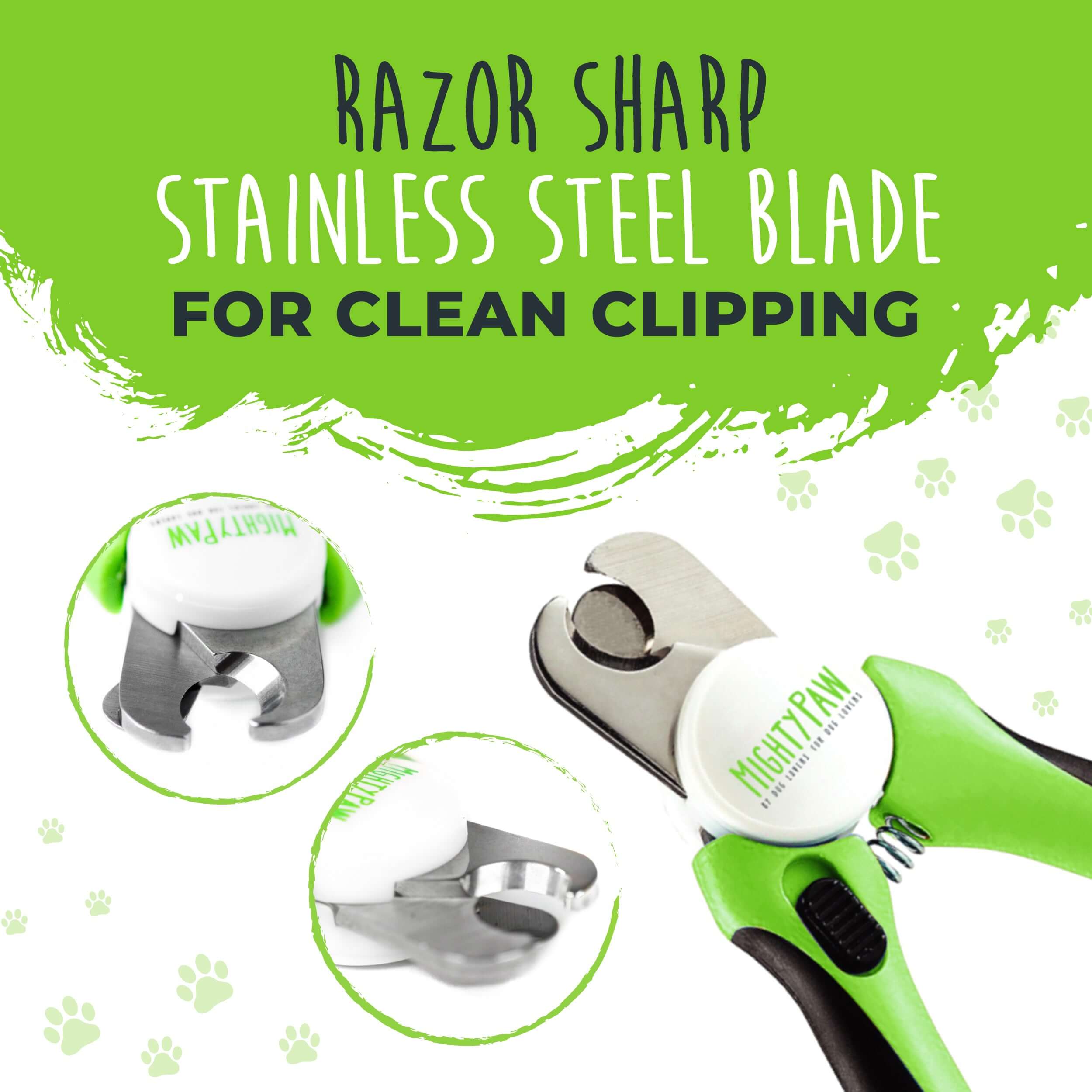
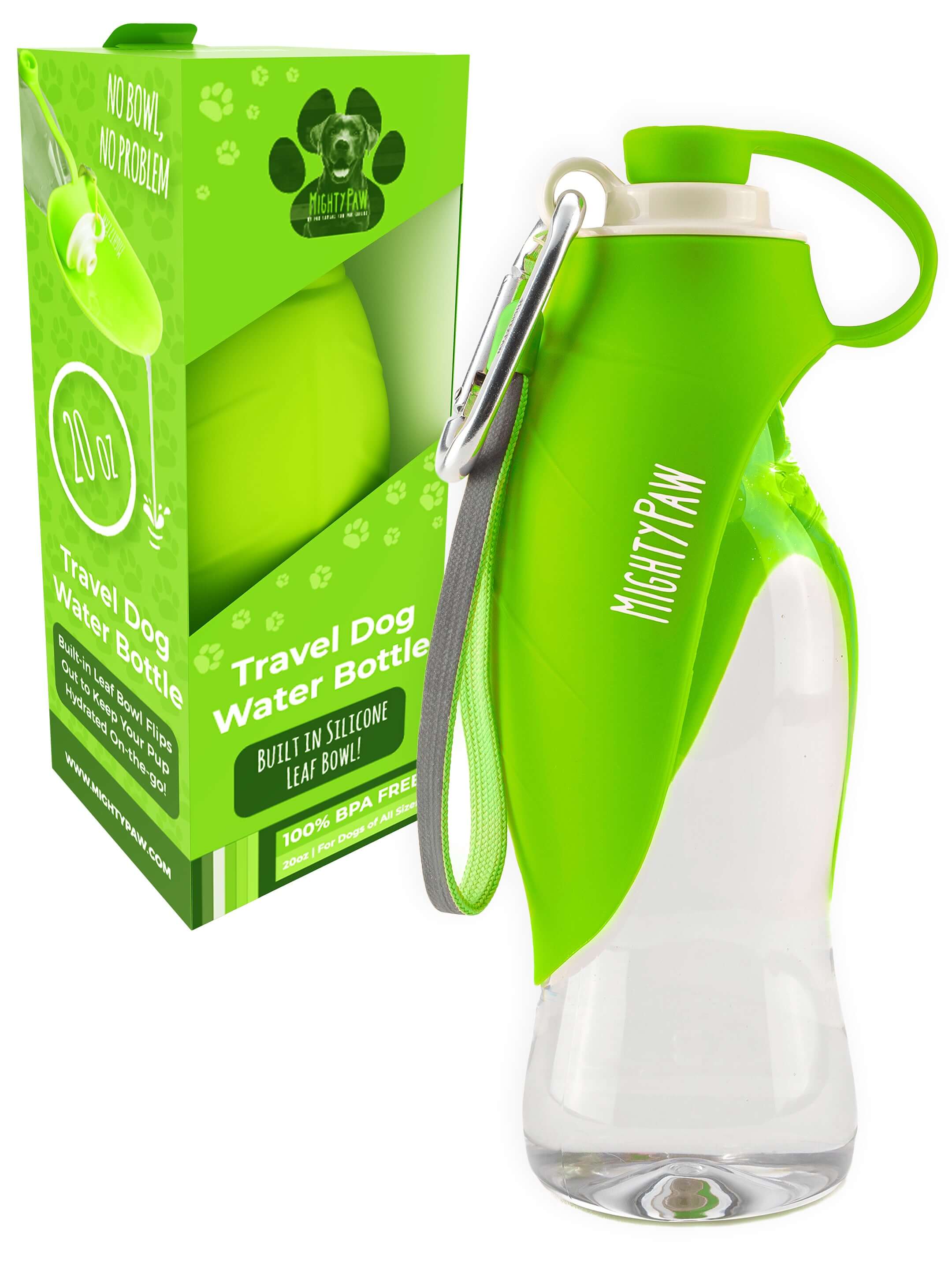
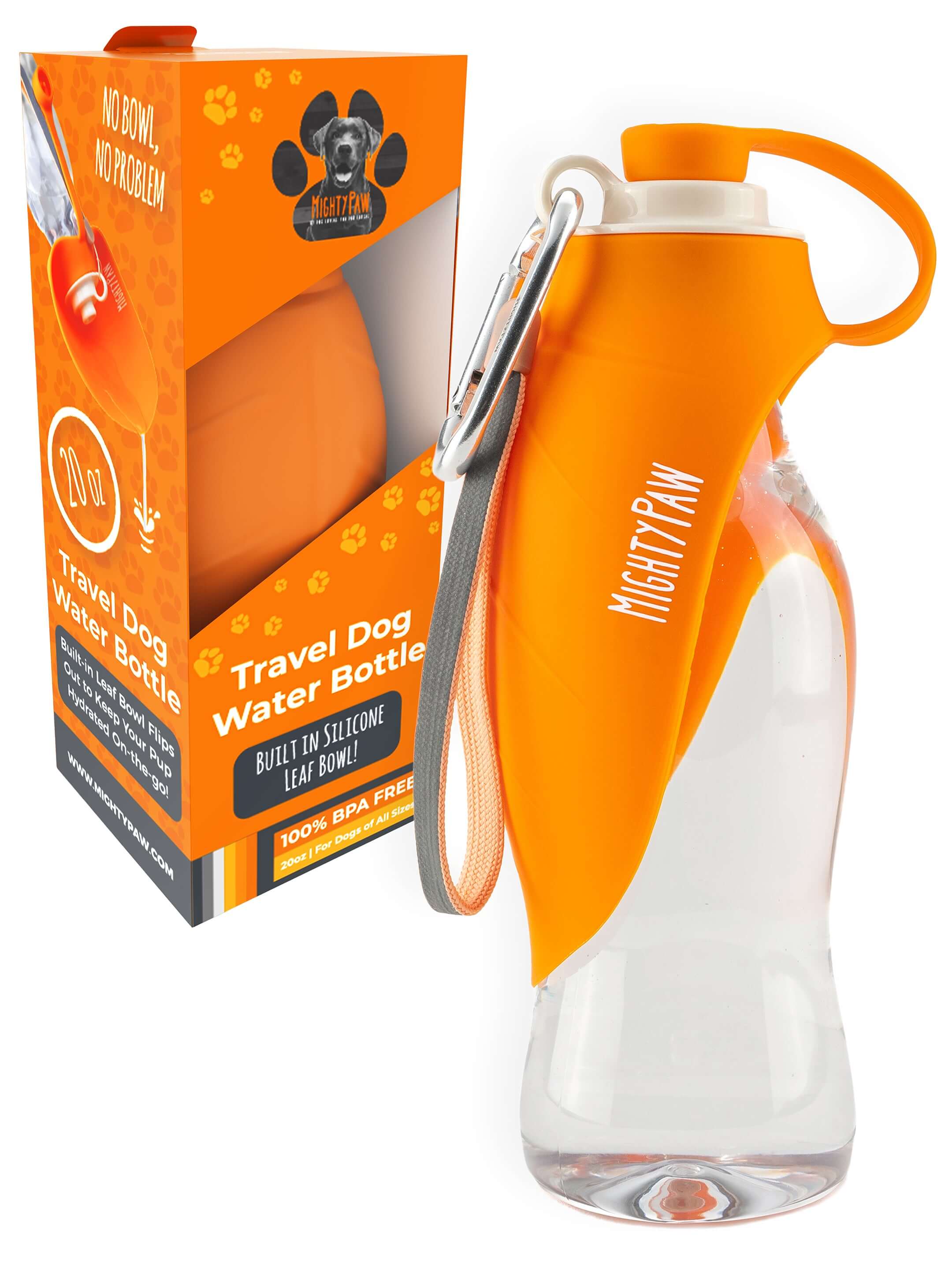
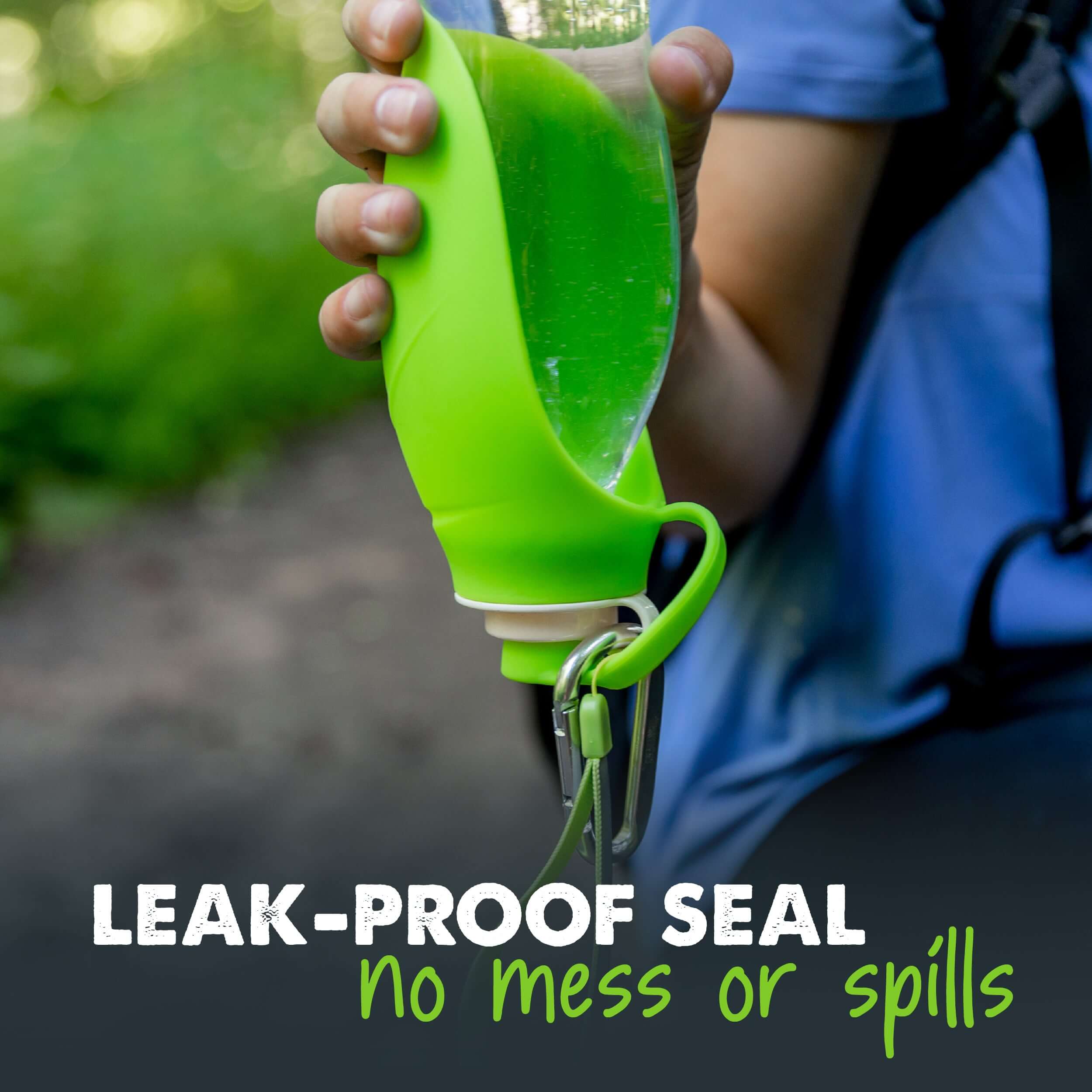
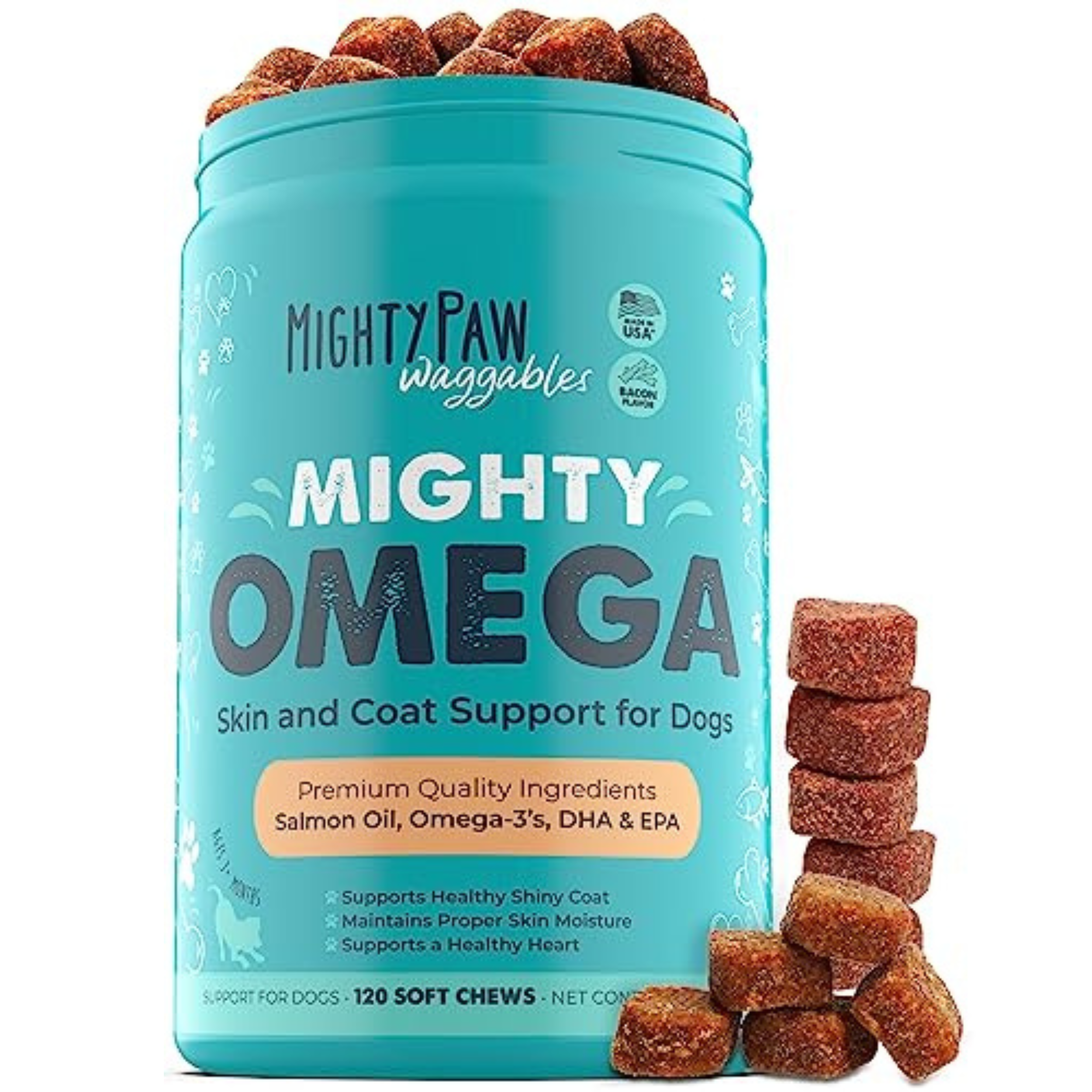

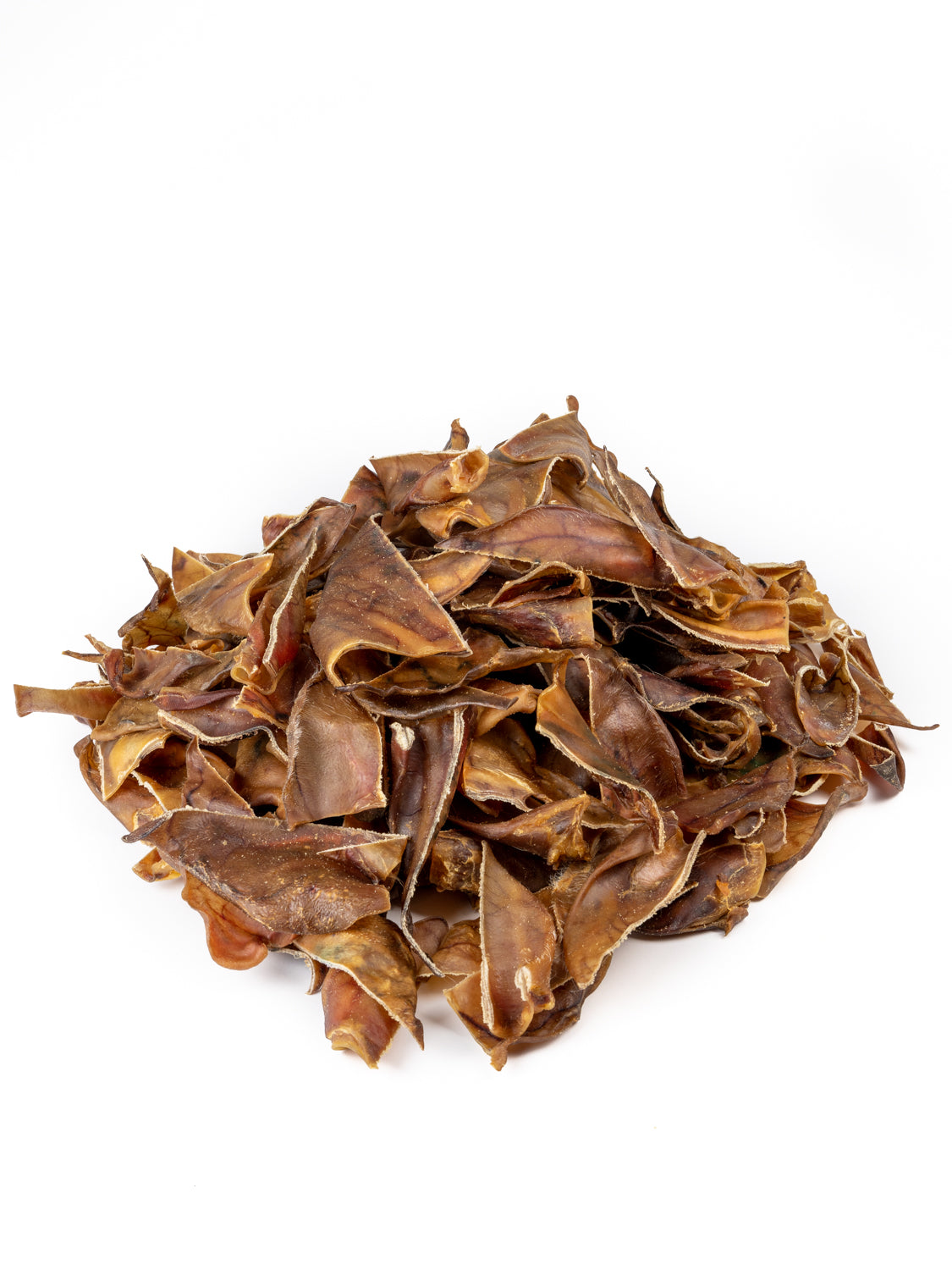



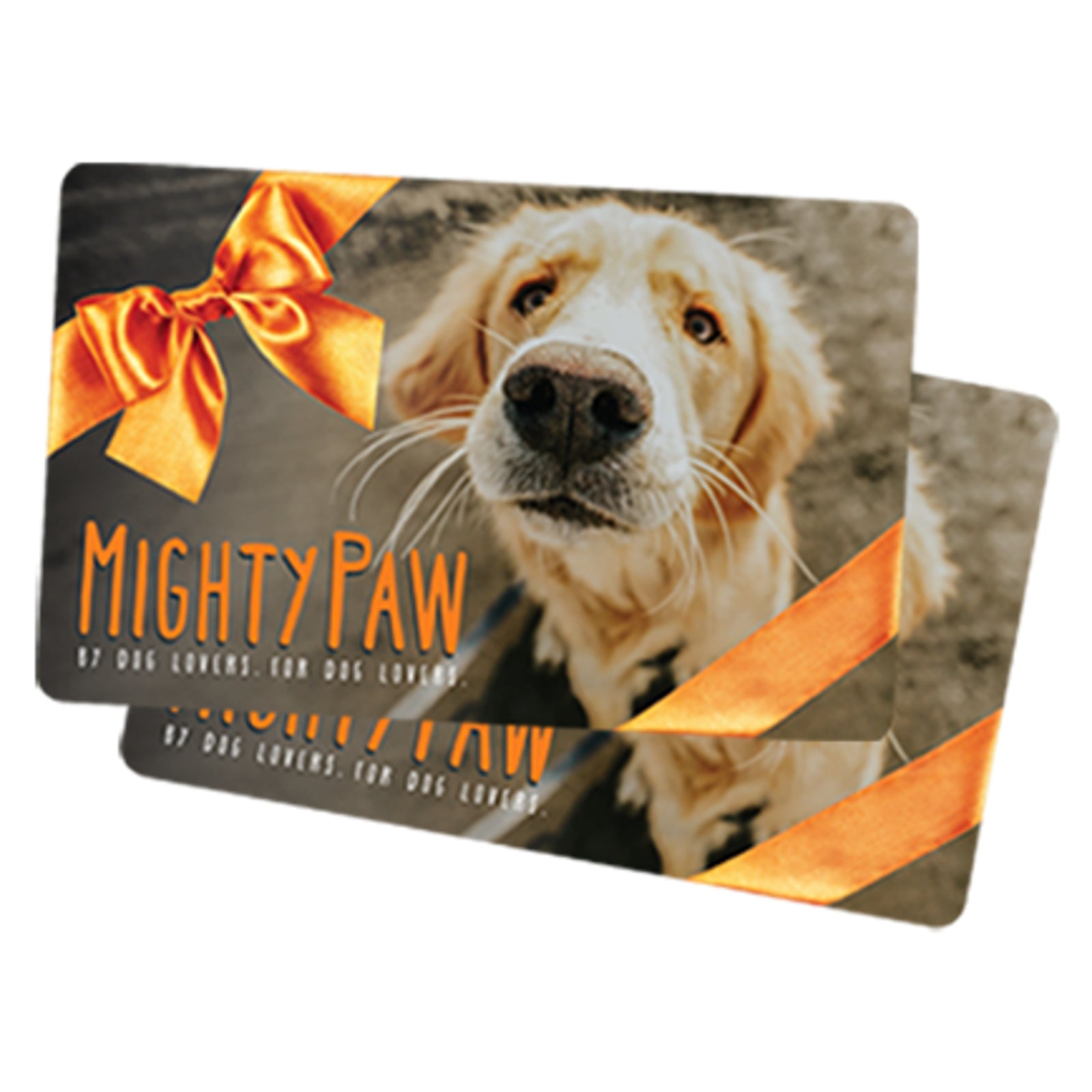










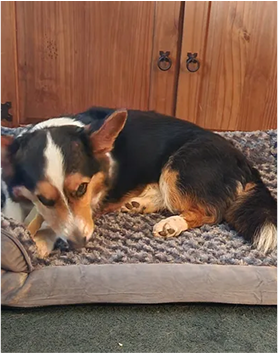
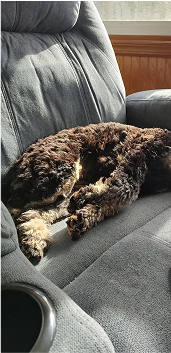


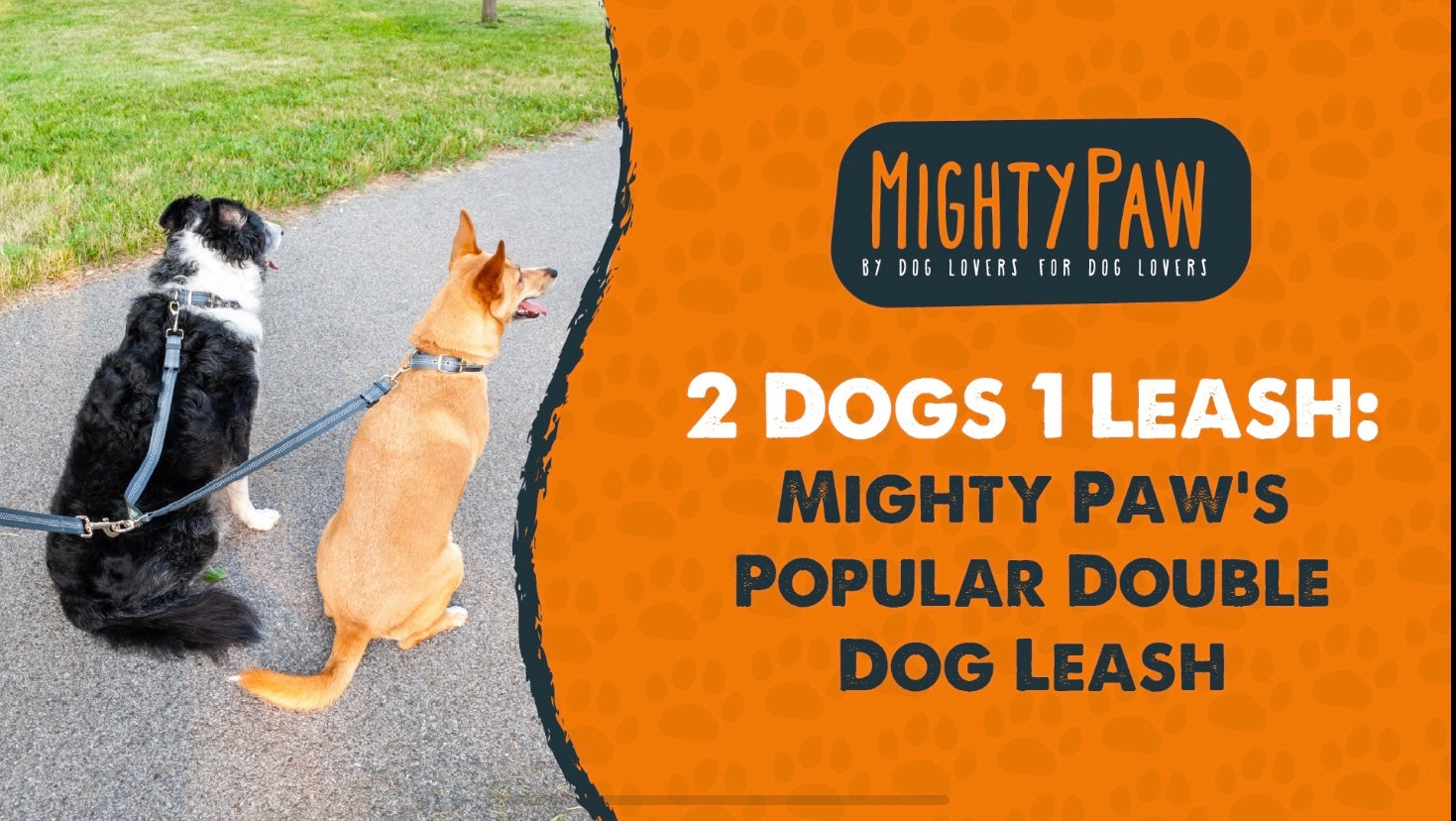


2 comments
Mighty Paw - Barbara
Hi Daniel, good question! You’ll need to break up your walk into potty/sniffing time and walking time to keep your pup from stopping/sniffing everywhere ALL the time.
What I mean by that is allow your pup 5-10 minutes at the beginning of the walk to take care of business and sniff around, then walk for 15-20 minutes without allowing any marking or sniffing, then give your pup another minute or two to sniff around, then go back to walking, etc.
The idea behind this technique is that you’re in charge of the walk, not your pup.
It’s going to take your dog a little bit to get used to this new type of walk, but they’ll get it soon.
To keep your pup from sniffing around after their initial potty/sniffing phase, keep the leash short so your pup stays next to you. Our dual handle leashes make that part super easy ;-)
You can also try to walk at a distance from any interesting areas like grass, bushes and trees, but of course that’s not always going to be possible.
Also try to distract your pup and keep their attention on you instead of the ground with tasty training treats (or their kibble if they’re willing to work for that) that you offer them right next to you.
If you don’t have a treat pouch yet, I suggest you invest in one , for example our Mighty Paw treat pouch :)
Much success with your structured walks :)
Hi Daniel, good question! You’ll need to break up your walk into potty/sniffing time and walking time to keep your pup from stopping/sniffing everywhere ALL the time.
What I mean by that is allow your pup 5-10 minutes at the beginning of the walk to take care of business and sniff around, then walk for 15-20 minutes without allowing any marking or sniffing, then give your pup another minute or two to sniff around, then go back to walking, etc.
The idea behind this technique is that you’re in charge of the walk, not your pup.
It’s going to take your dog a little bit to get used to this new type of walk, but they’ll get it soon.
To keep your pup from sniffing around after their initial potty/sniffing phase, keep the leash short so your pup stays next to you. Our dual handle leashes make that part super easy ;-)
You can also try to walk at a distance from any interesting areas like grass, bushes and trees, but of course that’s not always going to be possible.
Also try to distract your pup and keep their attention on you instead of the ground with tasty training treats (or their kibble if they’re willing to work for that) that you offer them right next to you.
If you don’t have a treat pouch yet, I suggest you invest in one , for example our Mighty Paw treat pouch :)
Much success with your structured walks :)
DANIEL
How do you deal with a dog that insists on stopping every 10 feet to smell something (usually another dog’s mark)? I end up continually yanking the leash to regain forward motion. I understand that sniffing is a dog’s superpower, and that a walk is an opportunity to use that, but the stop-and-start is unpleasant for both of us.
How do you deal with a dog that insists on stopping every 10 feet to smell something (usually another dog’s mark)? I end up continually yanking the leash to regain forward motion. I understand that sniffing is a dog’s superpower, and that a walk is an opportunity to use that, but the stop-and-start is unpleasant for both of us.